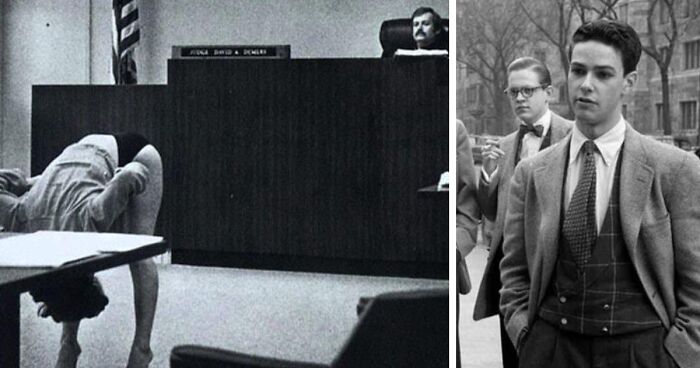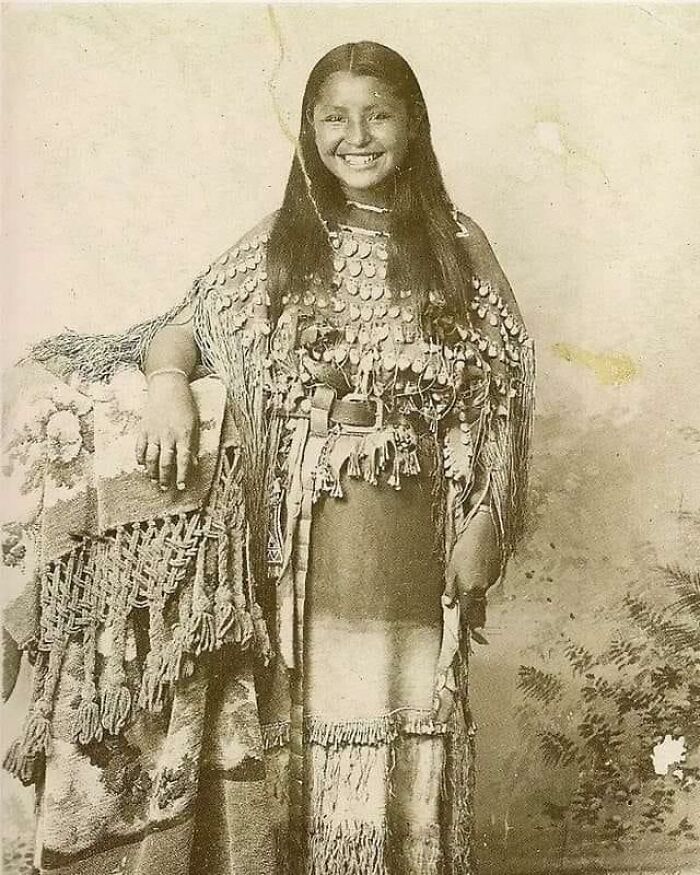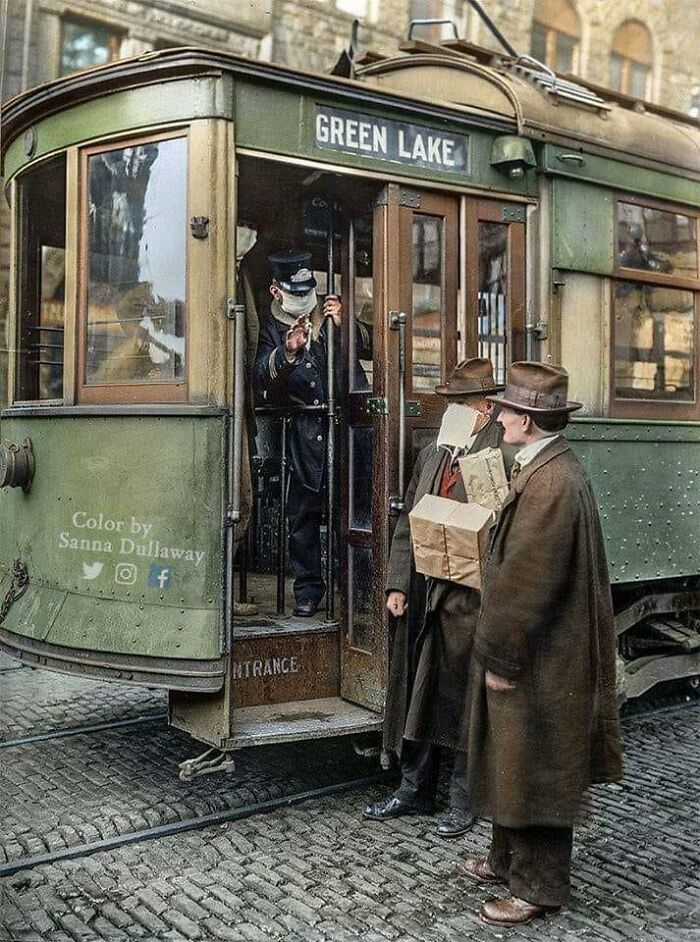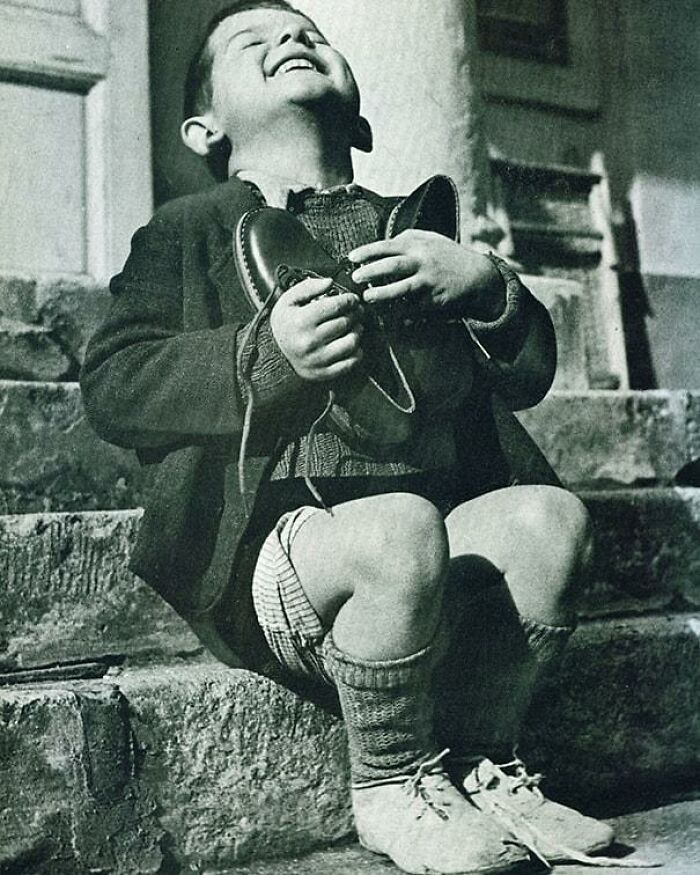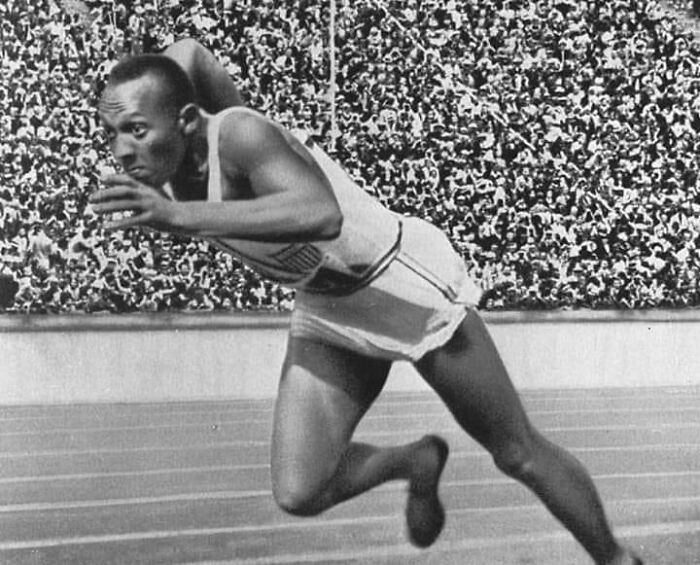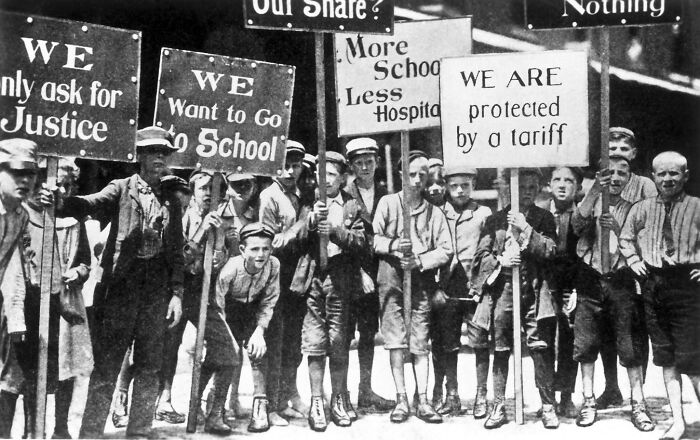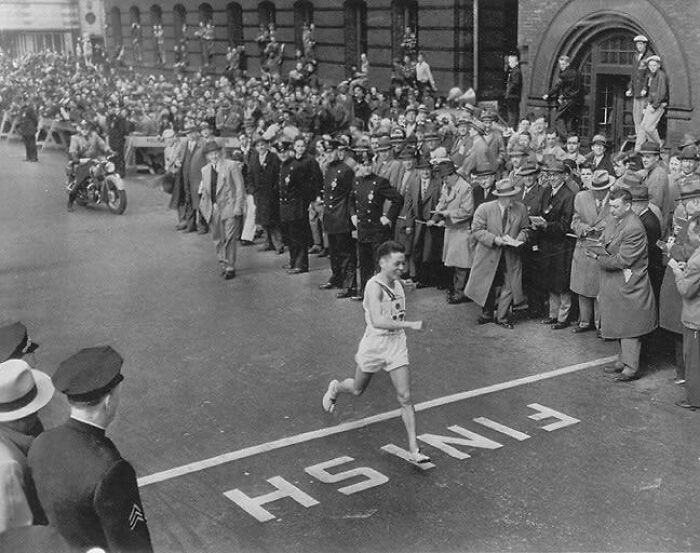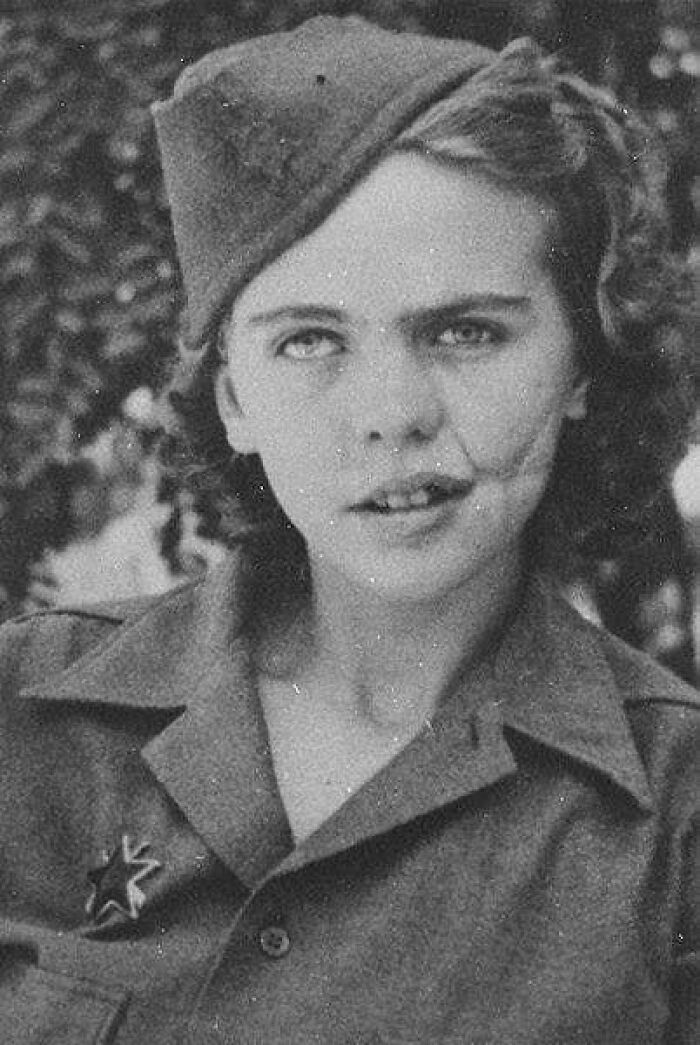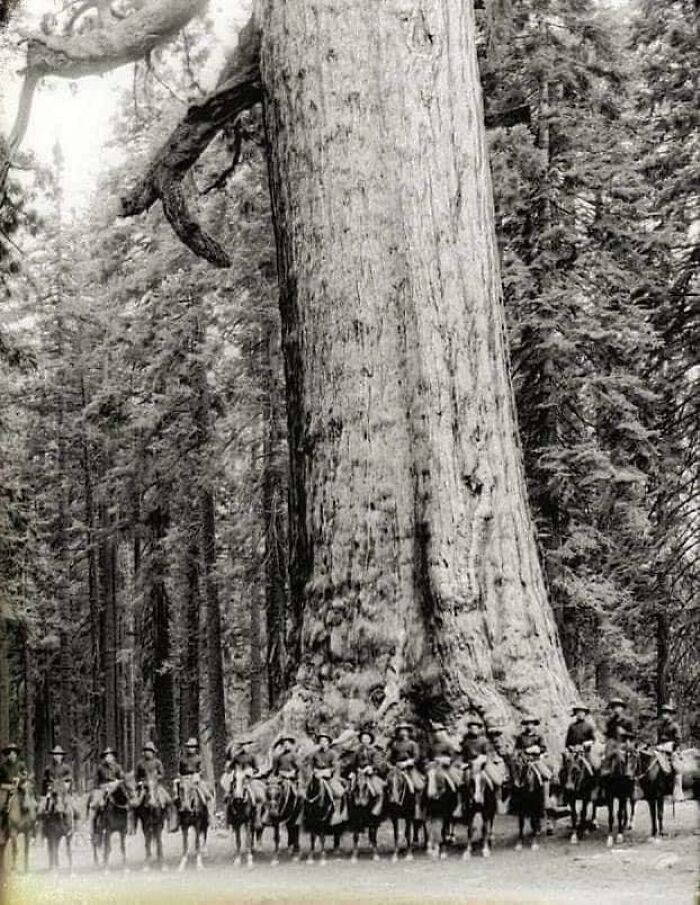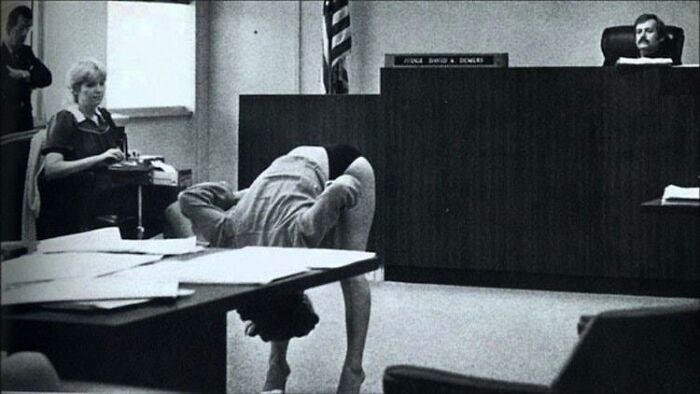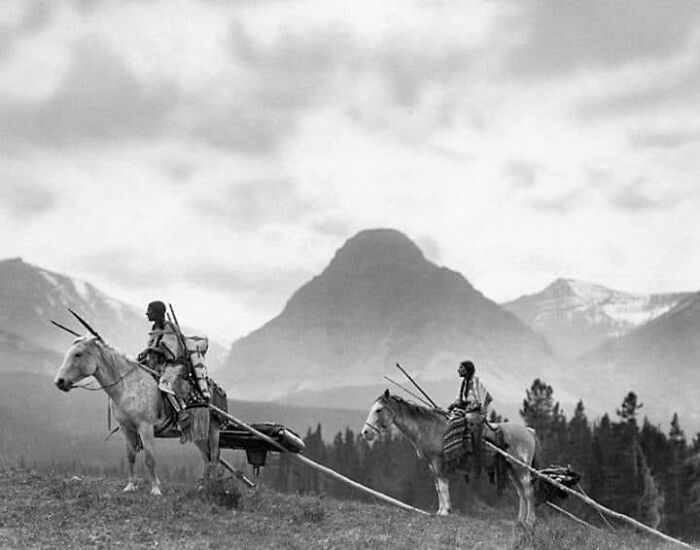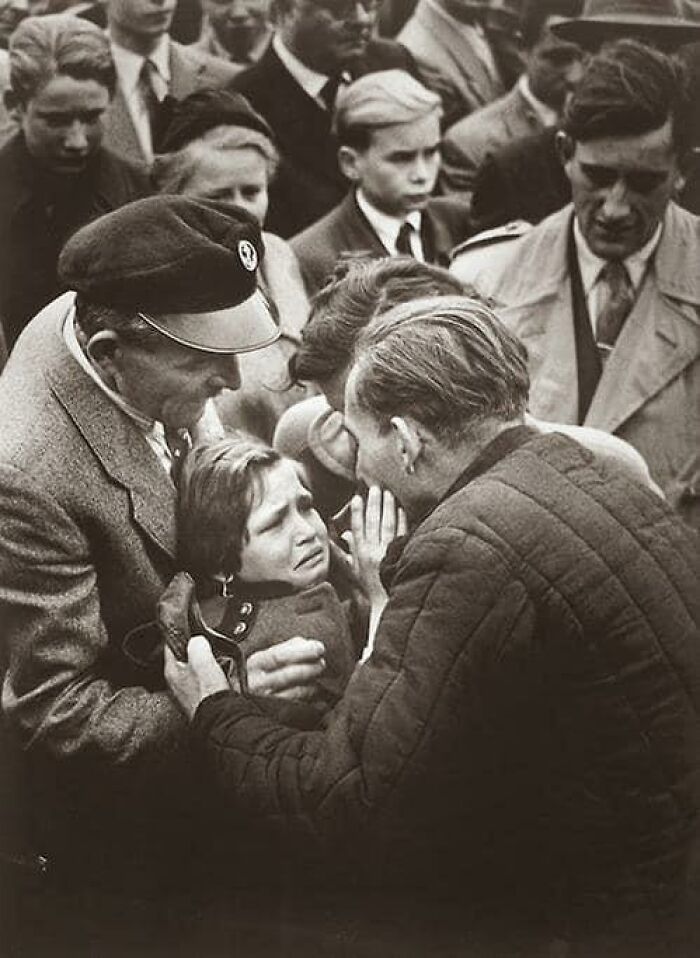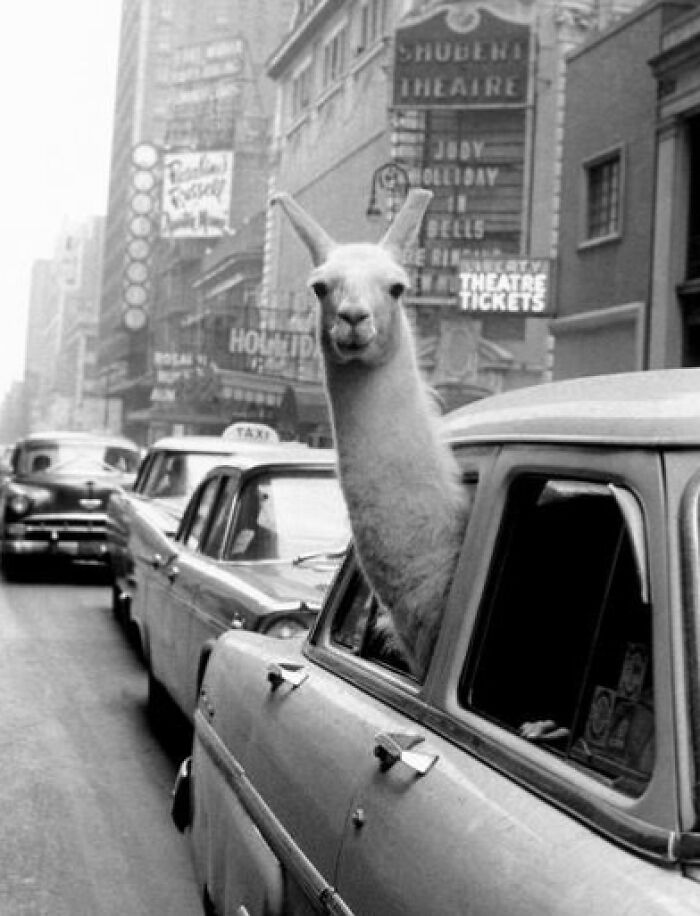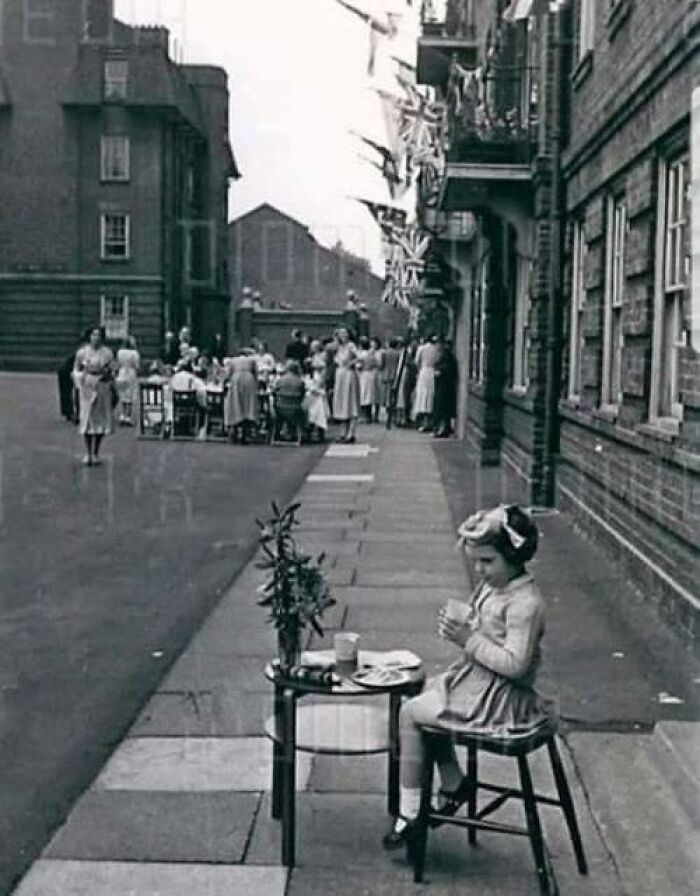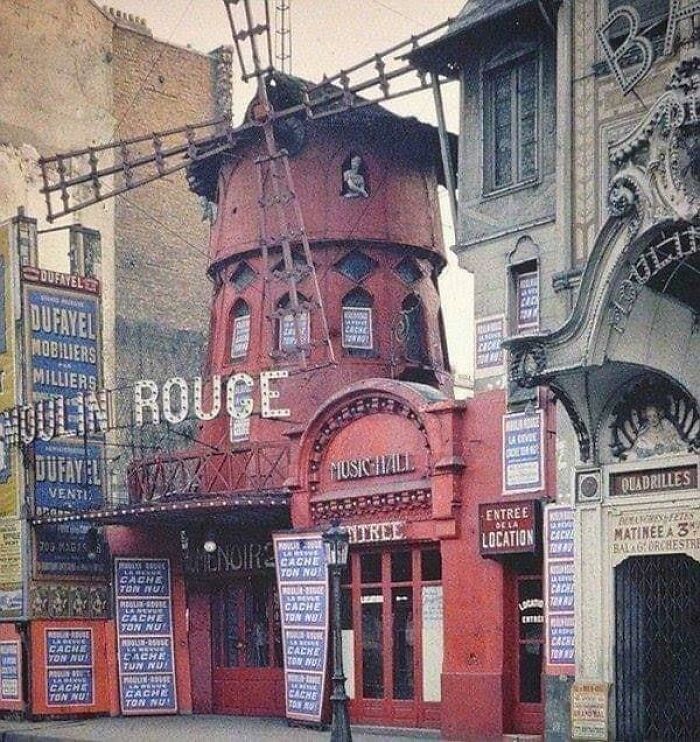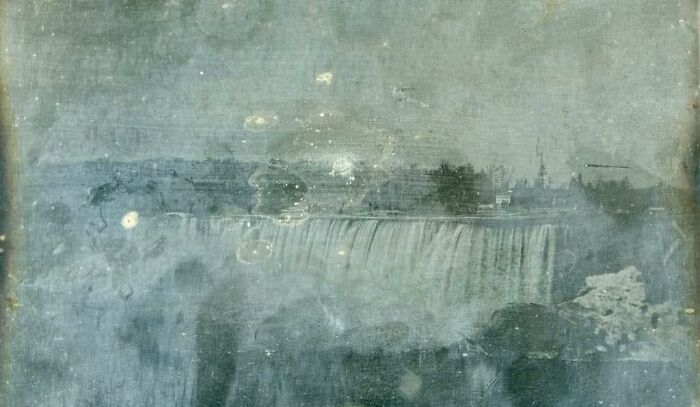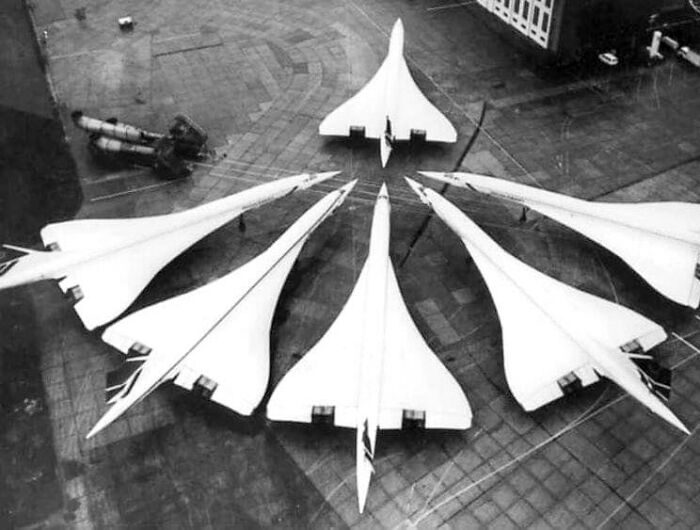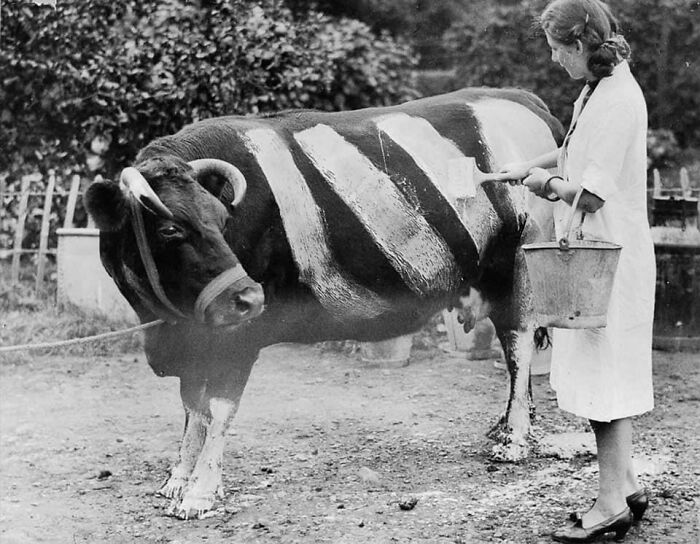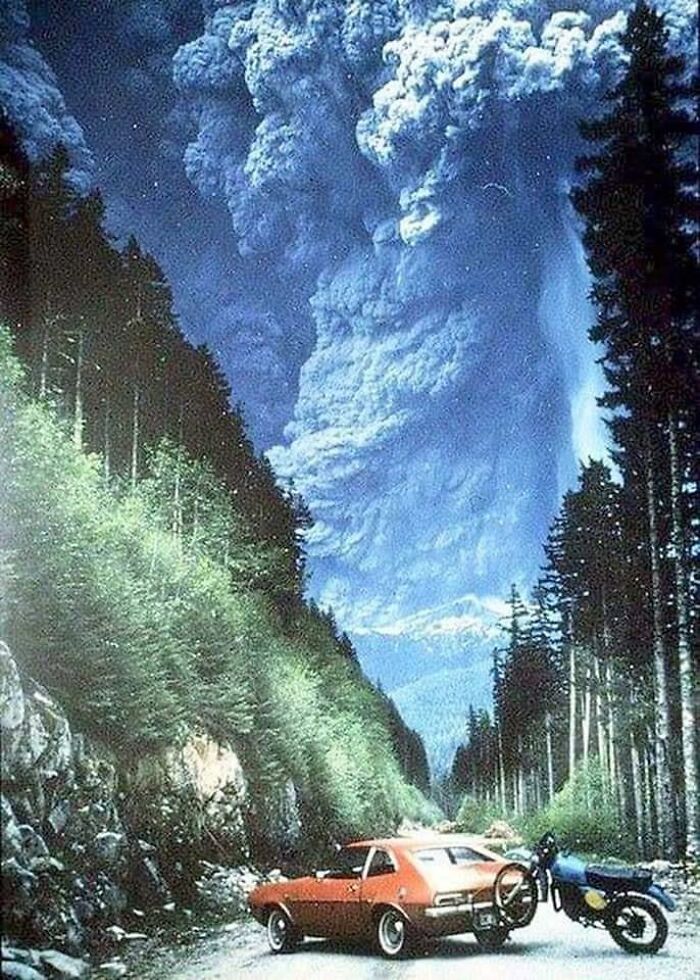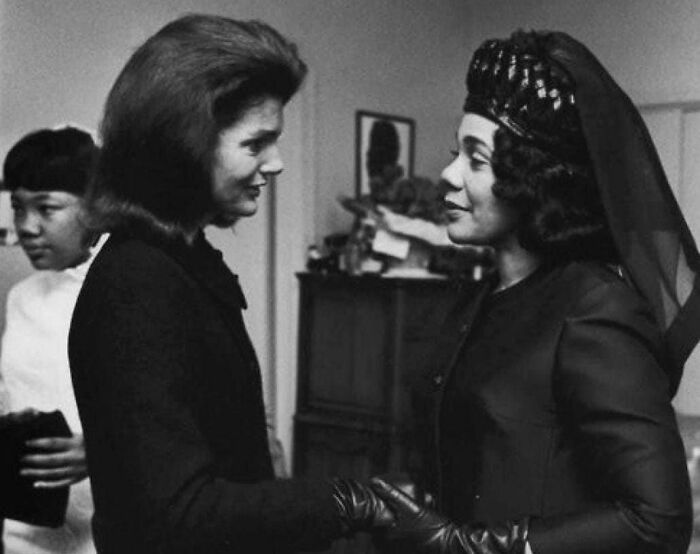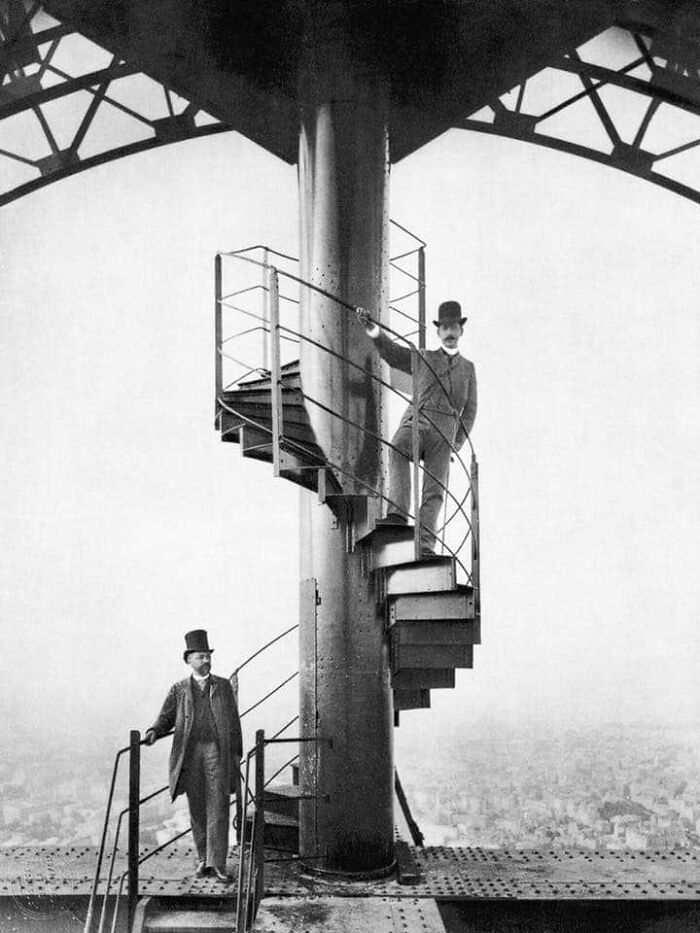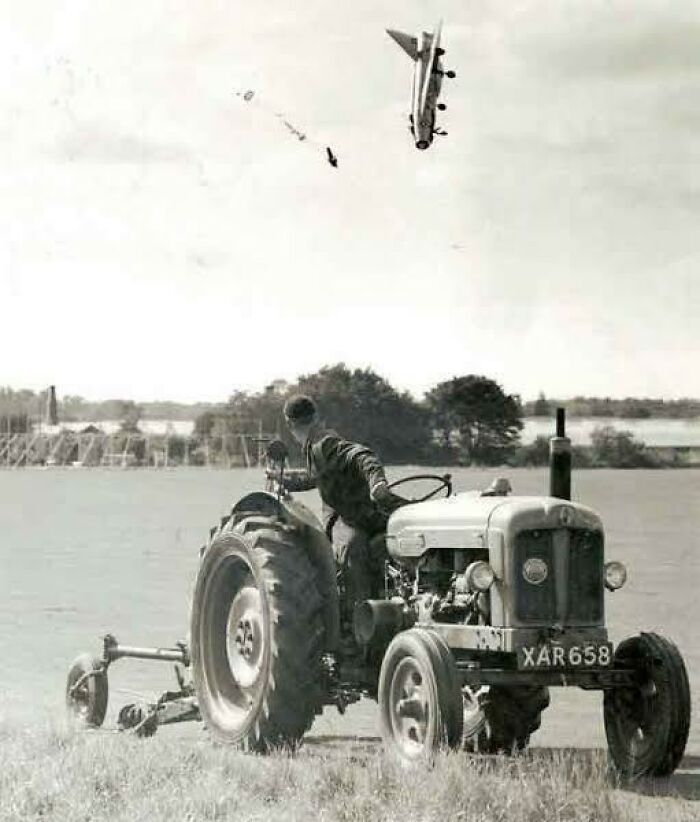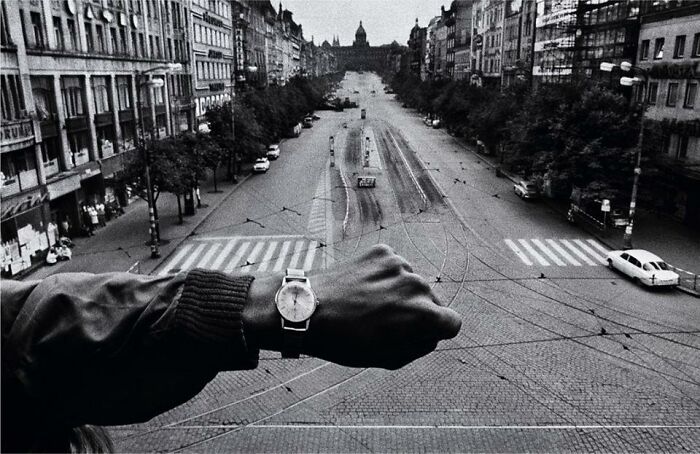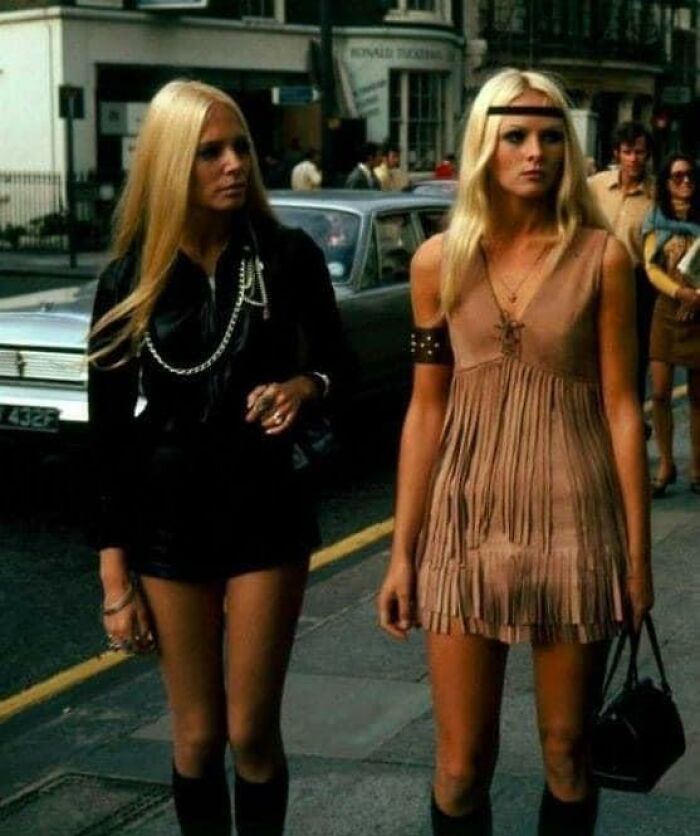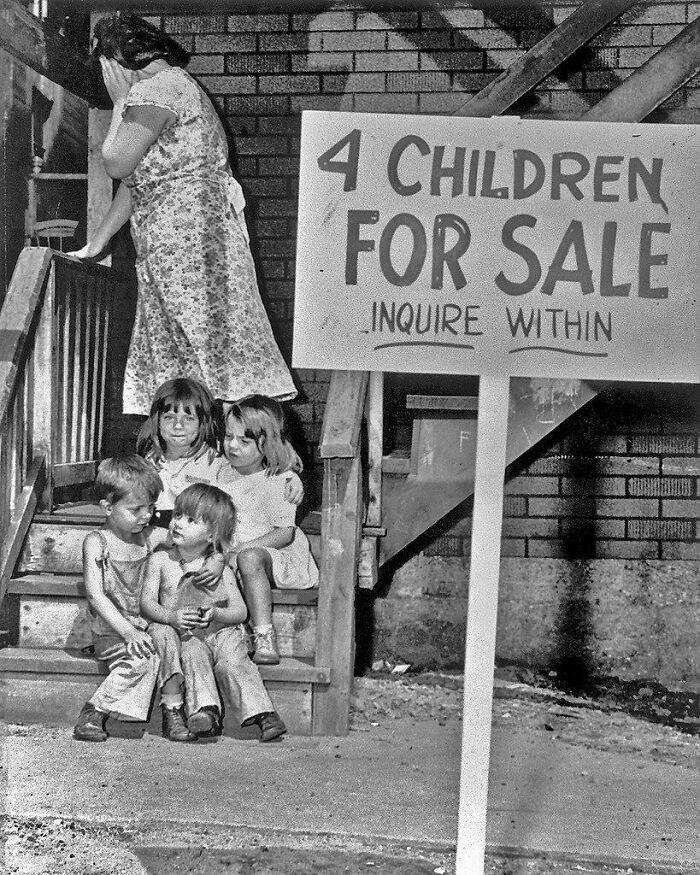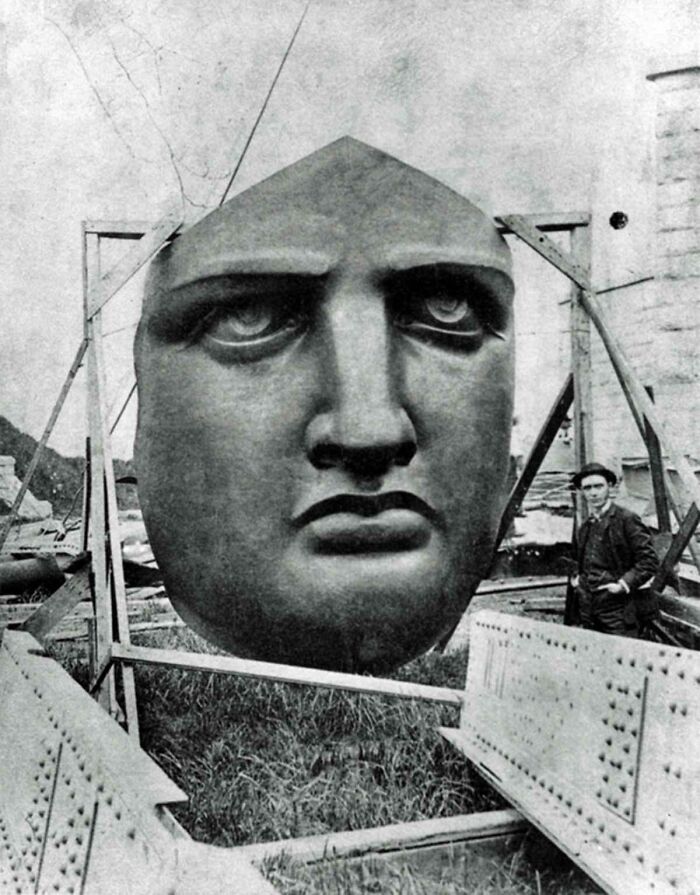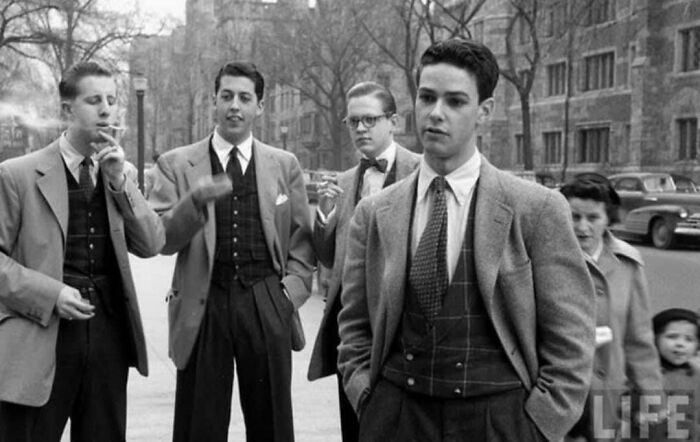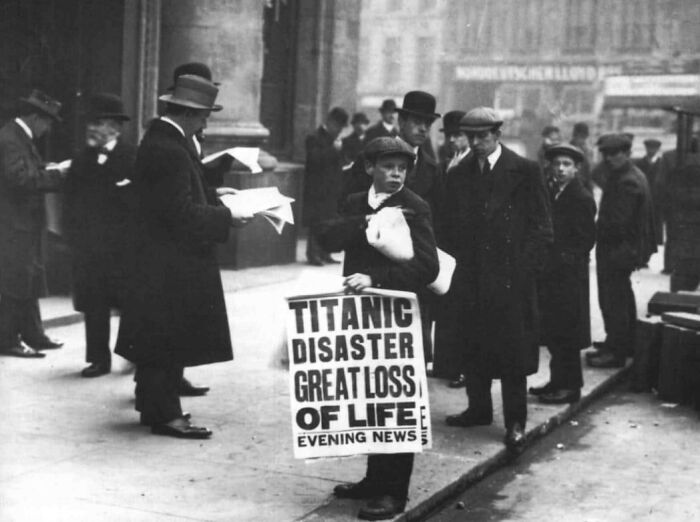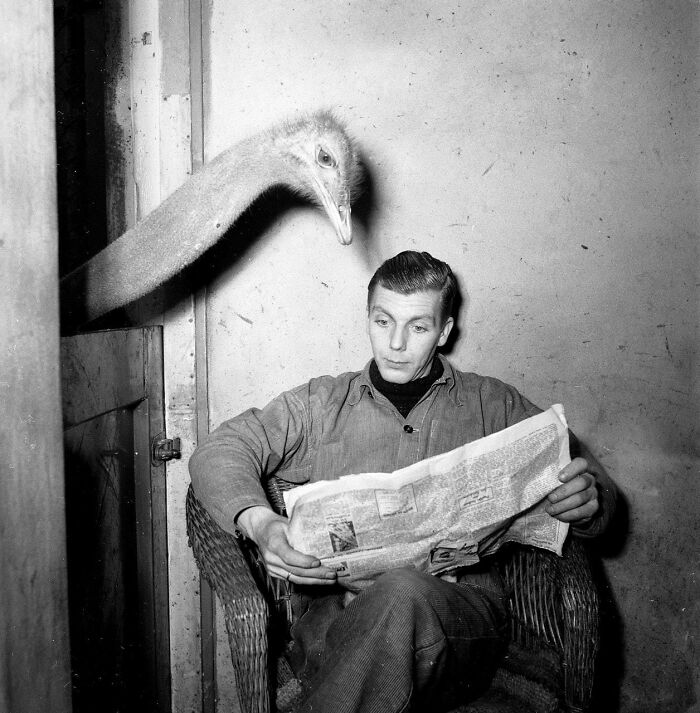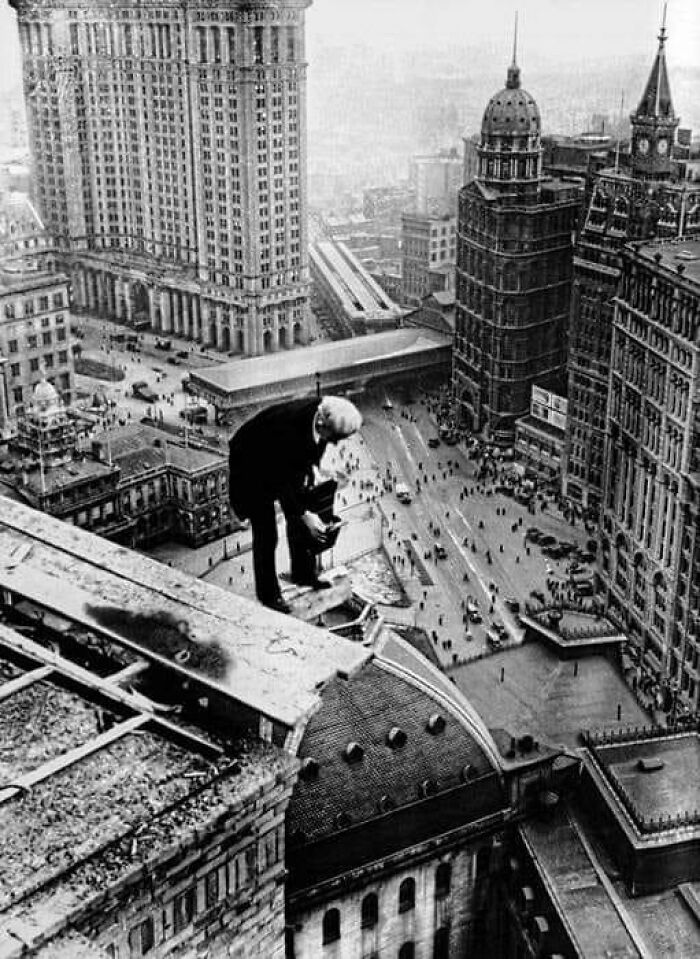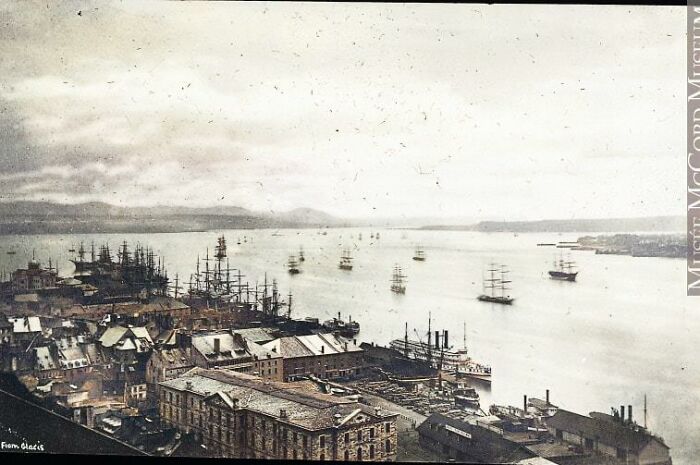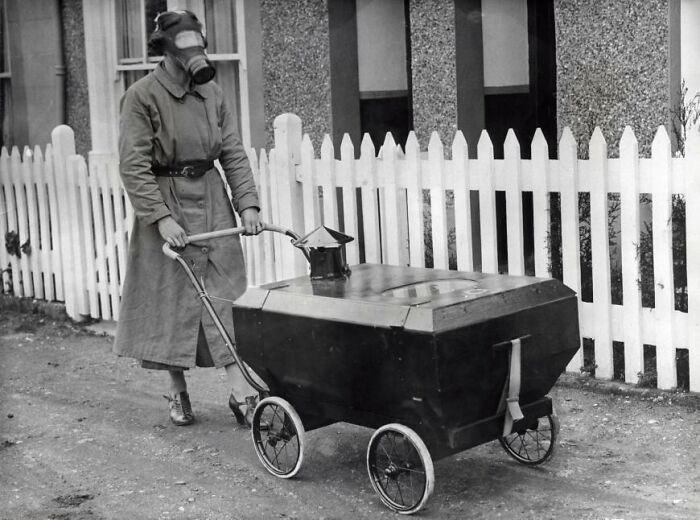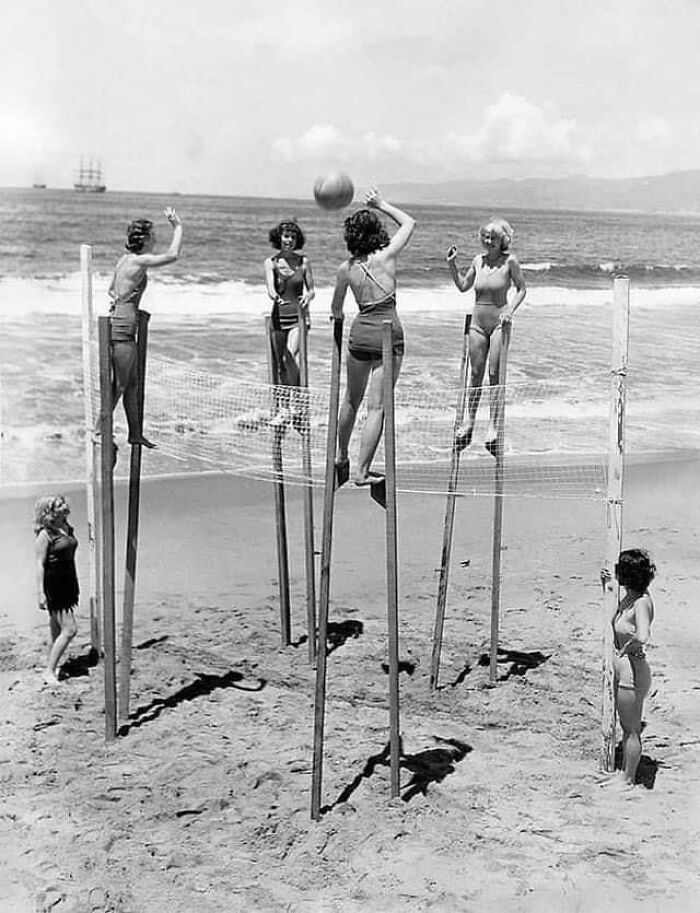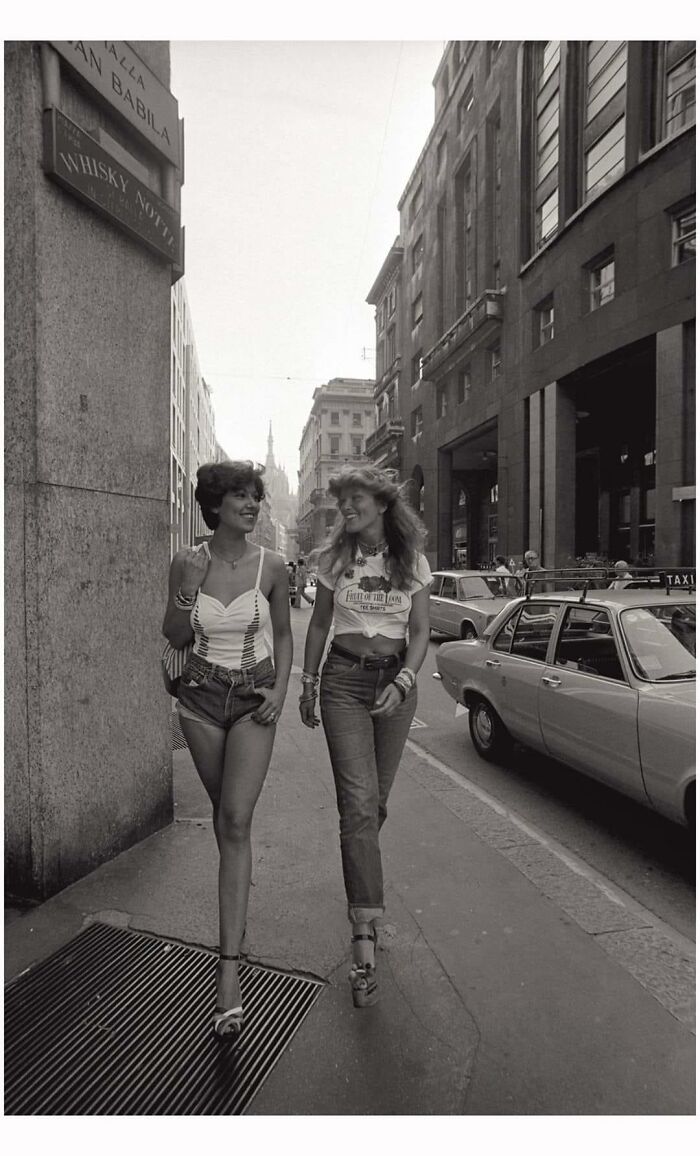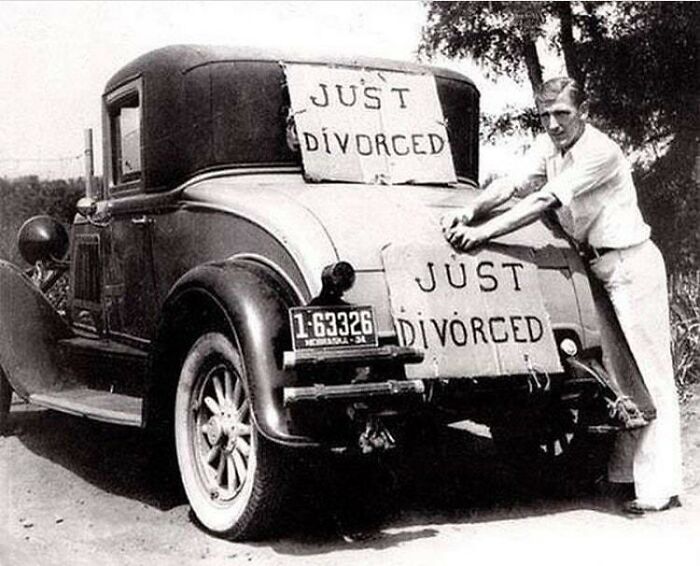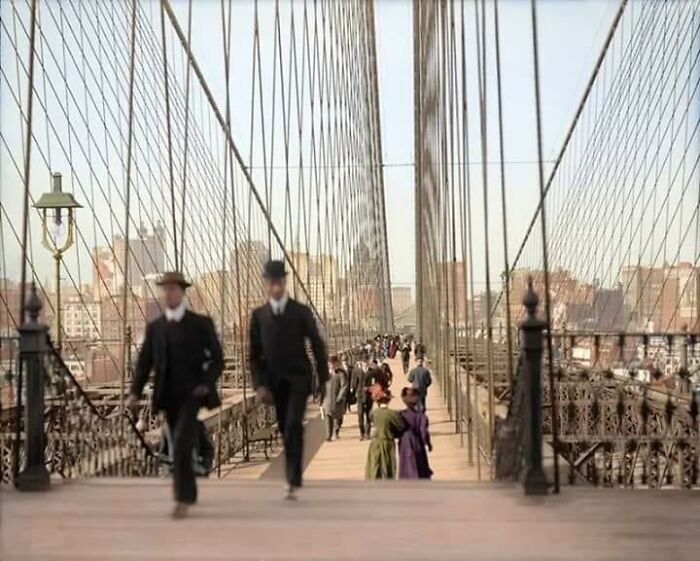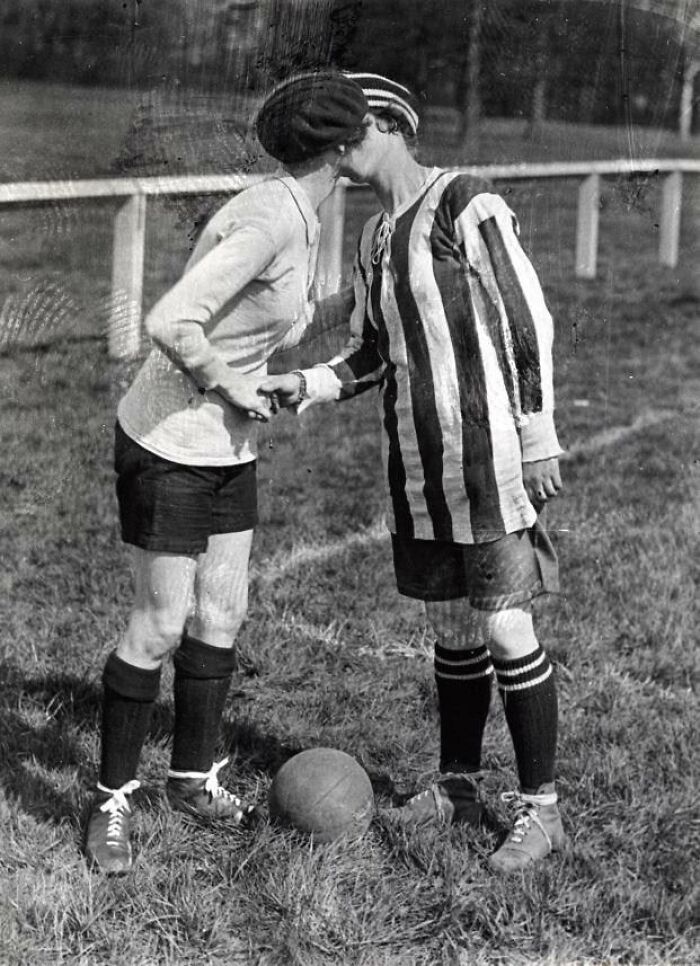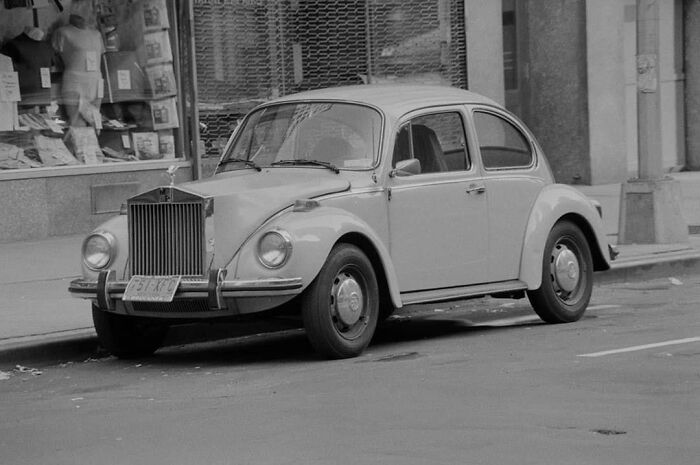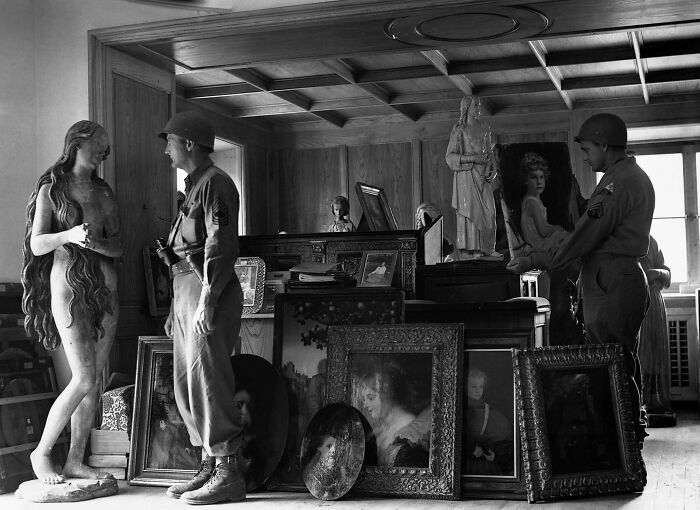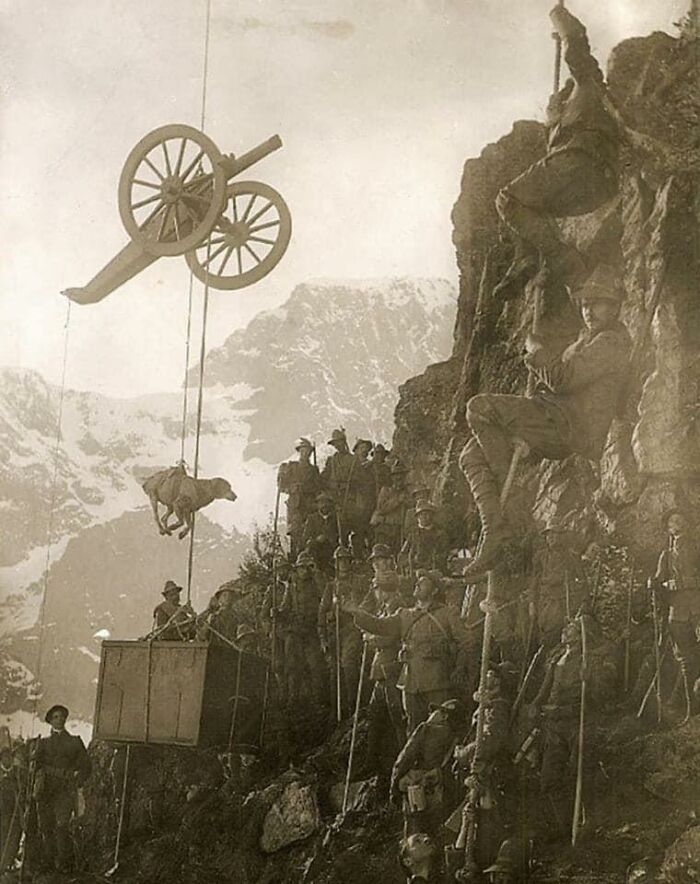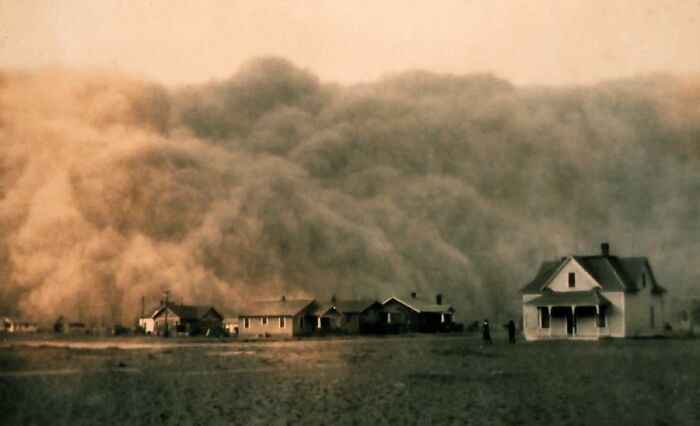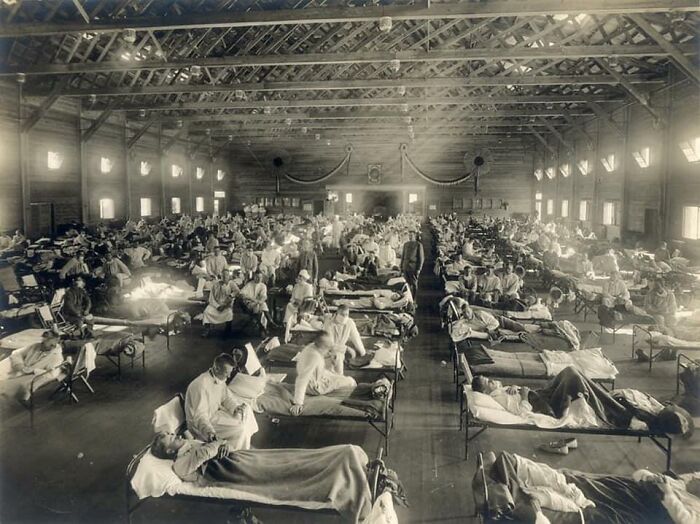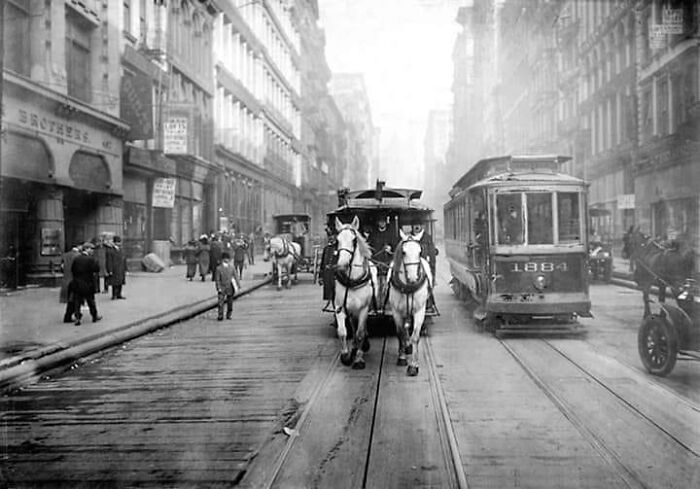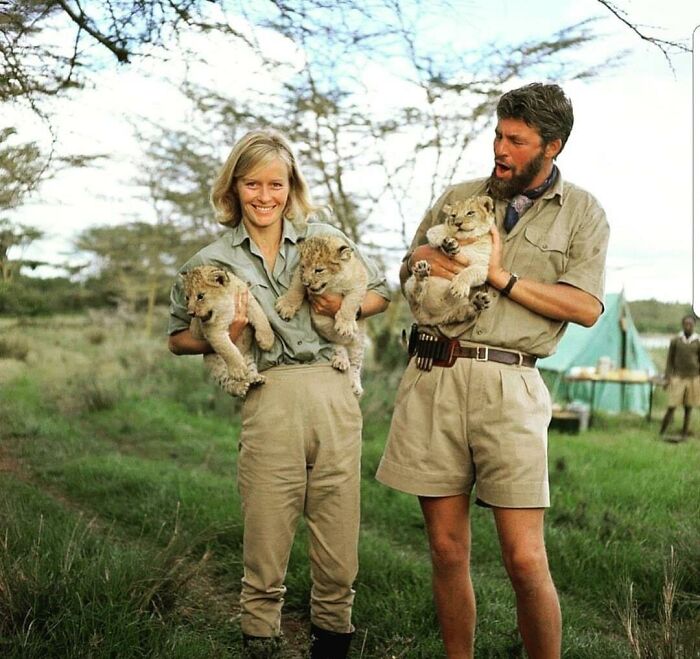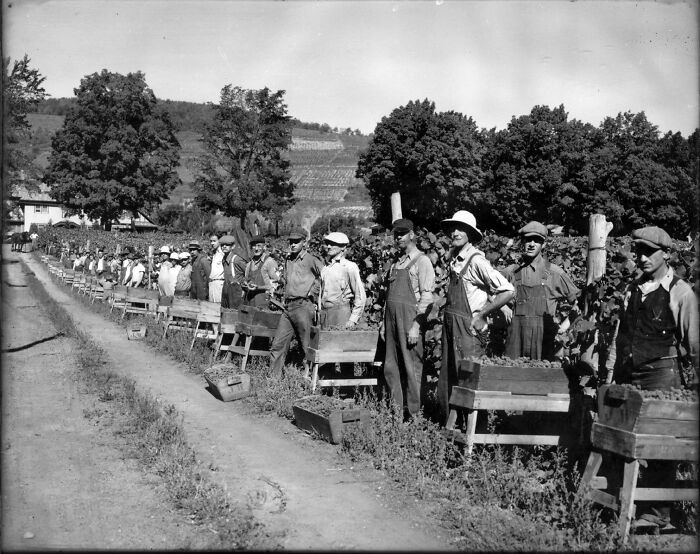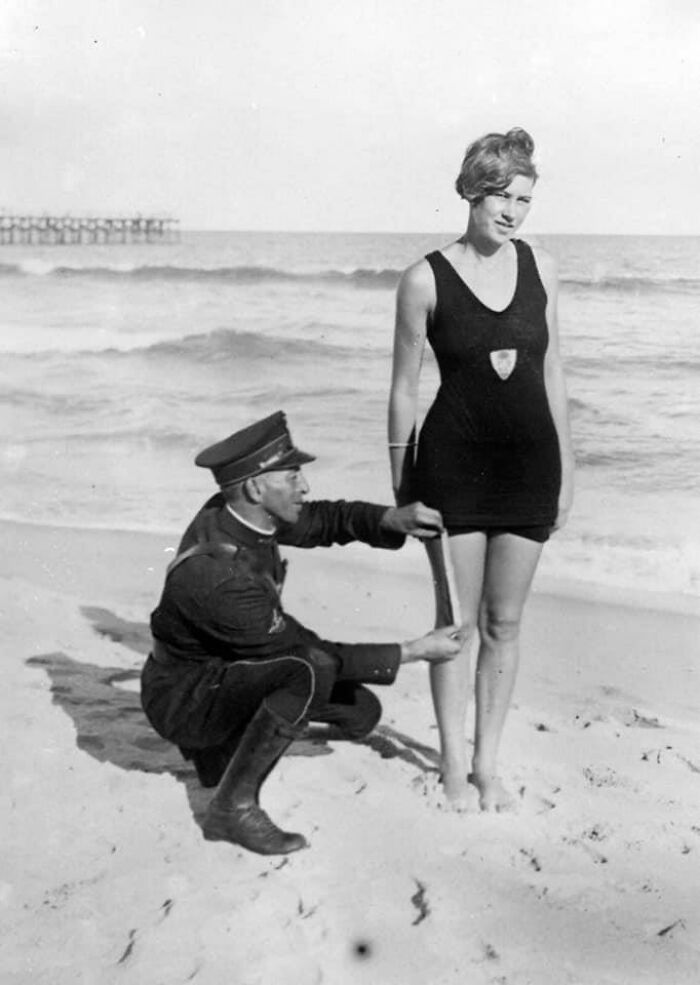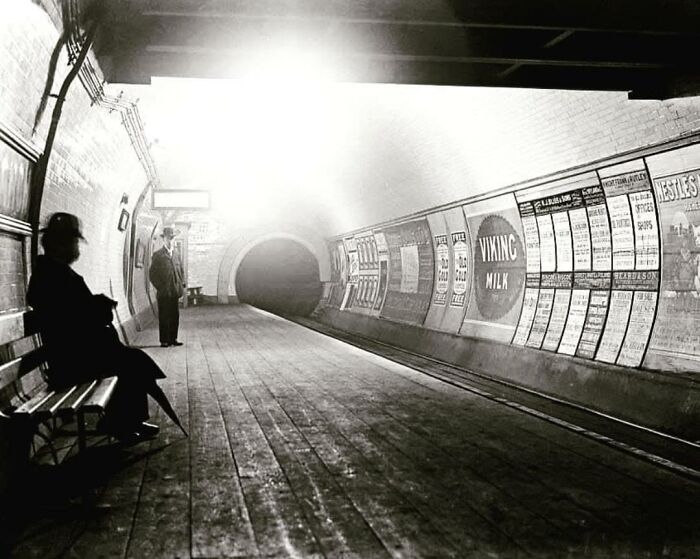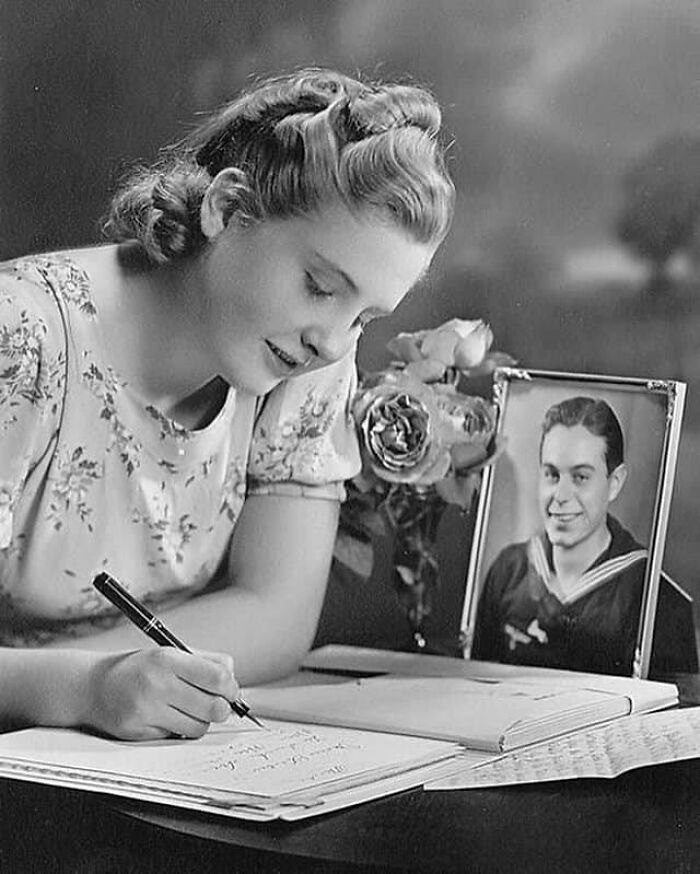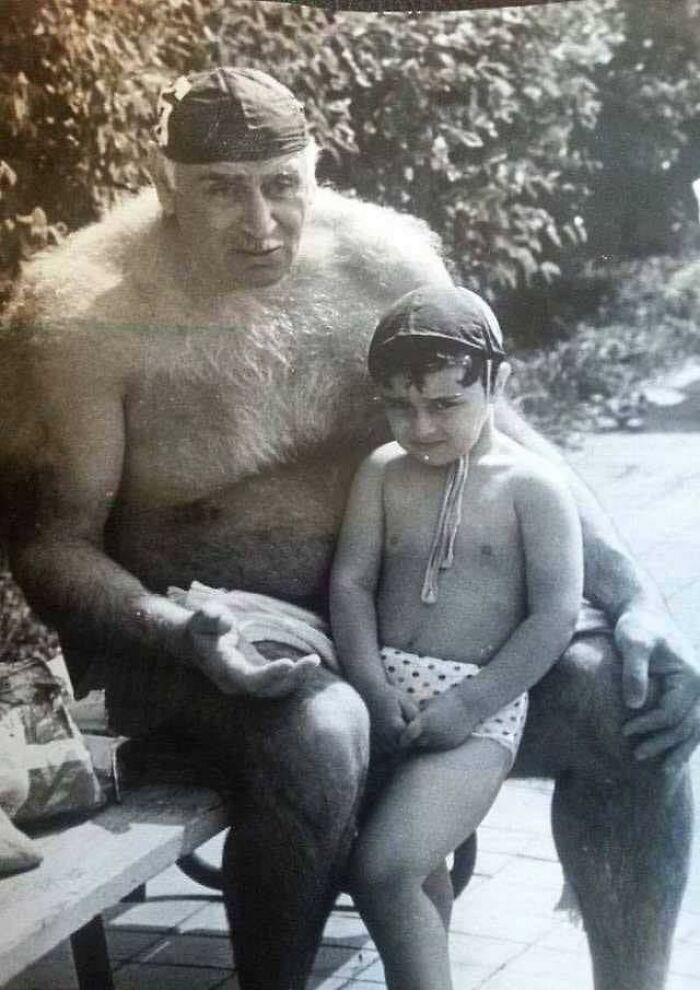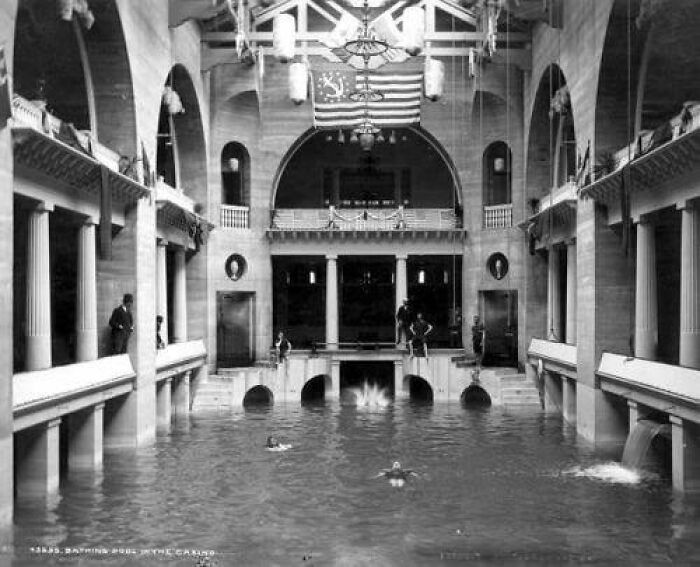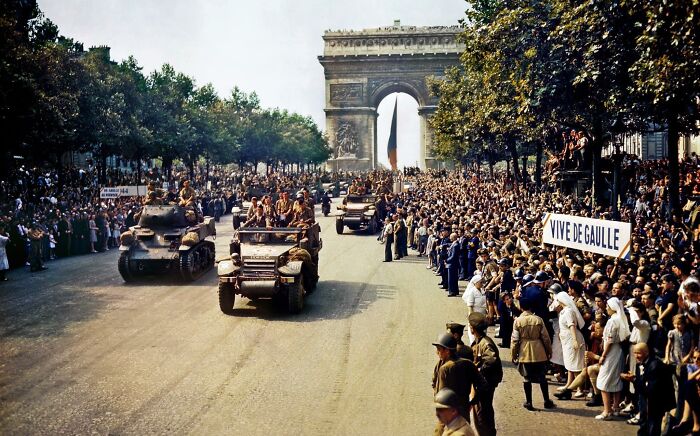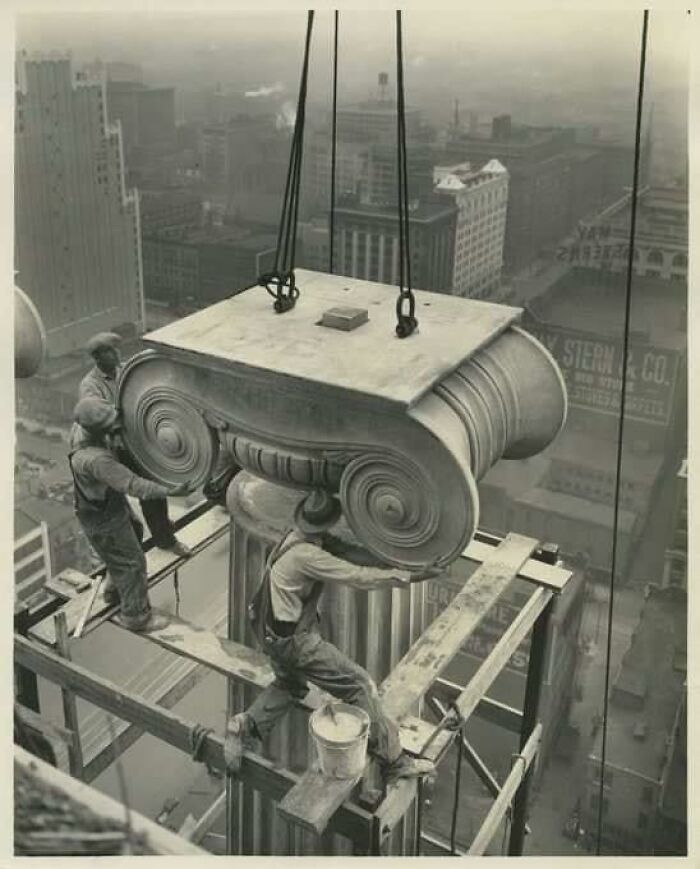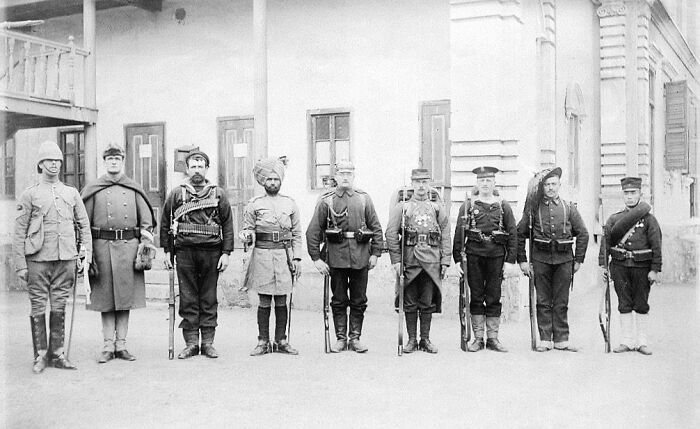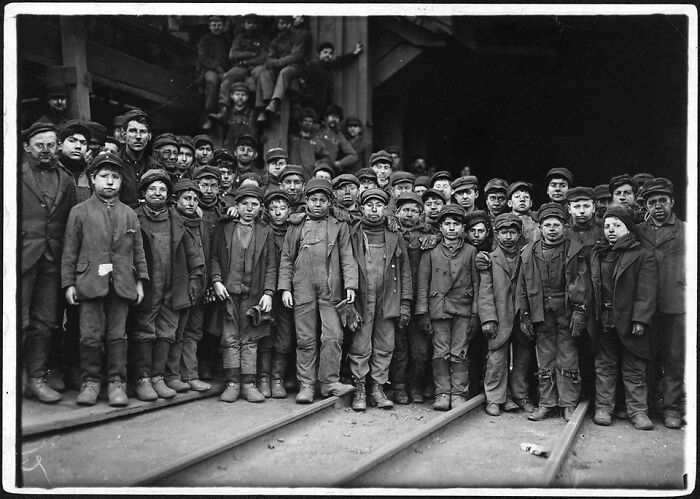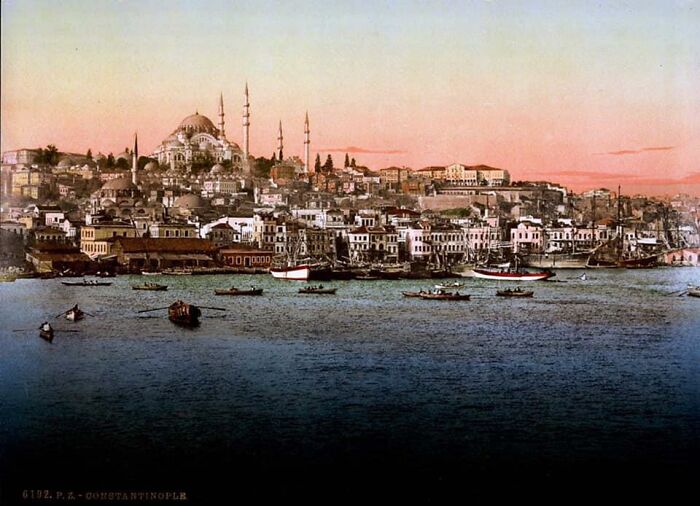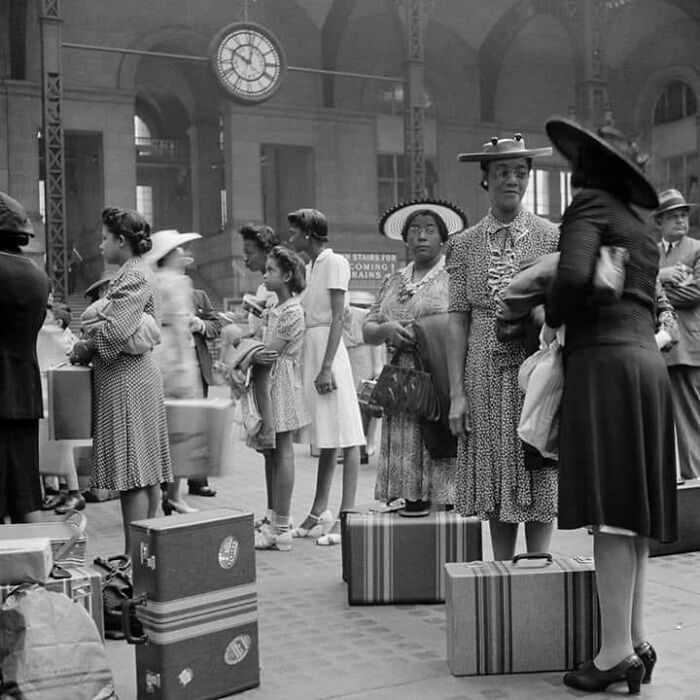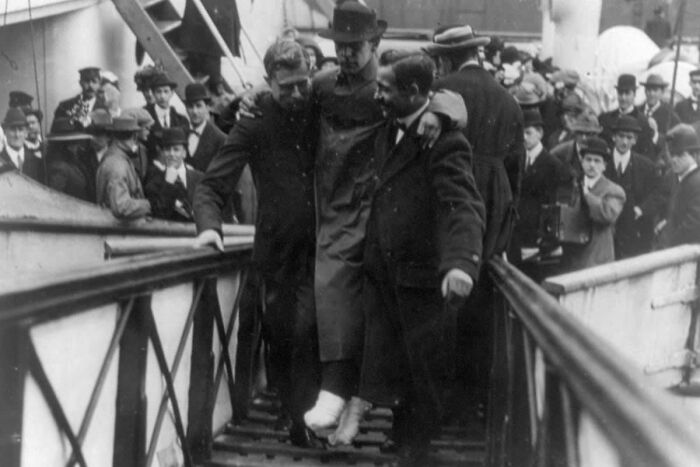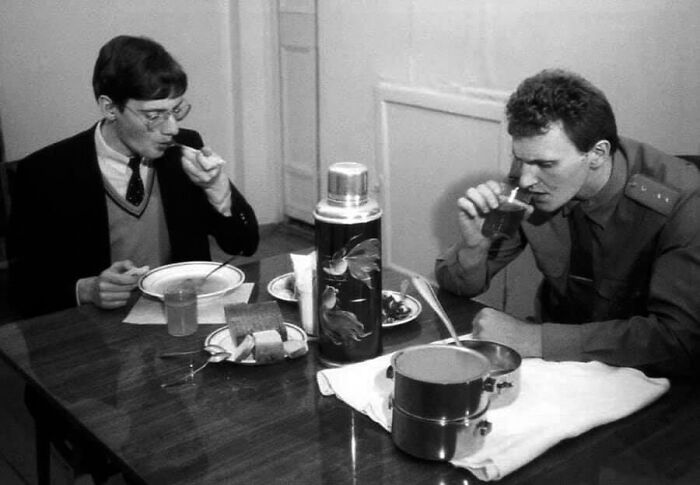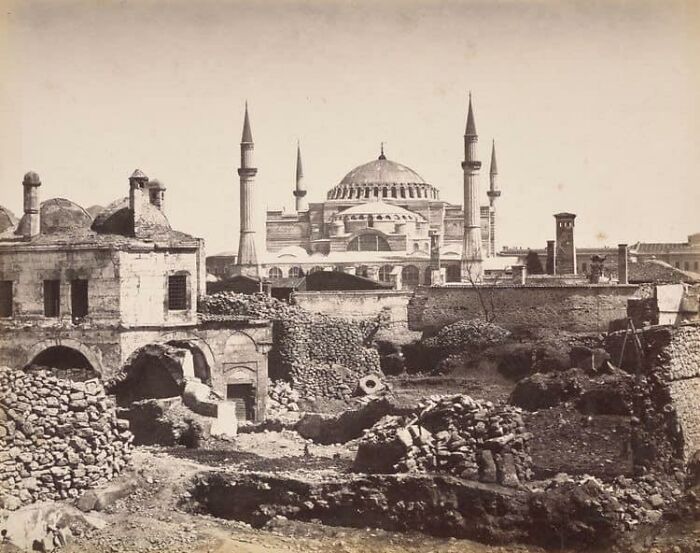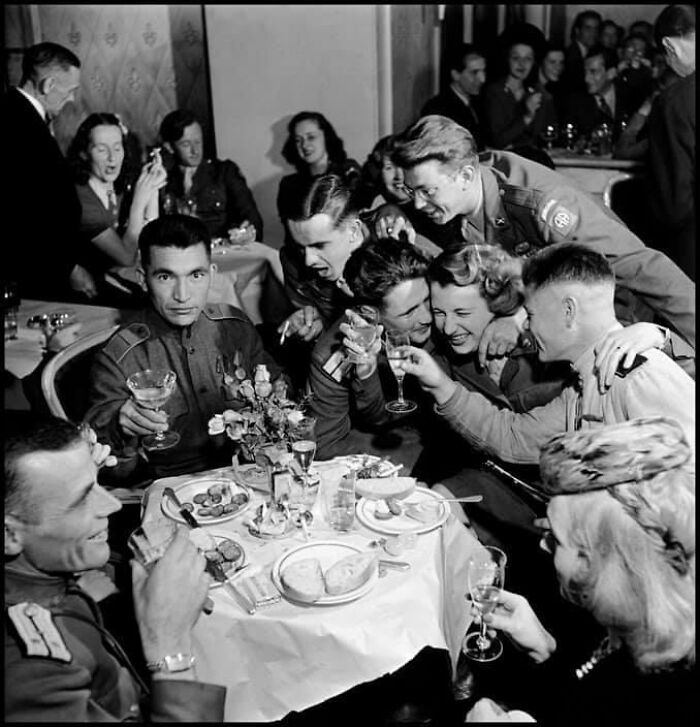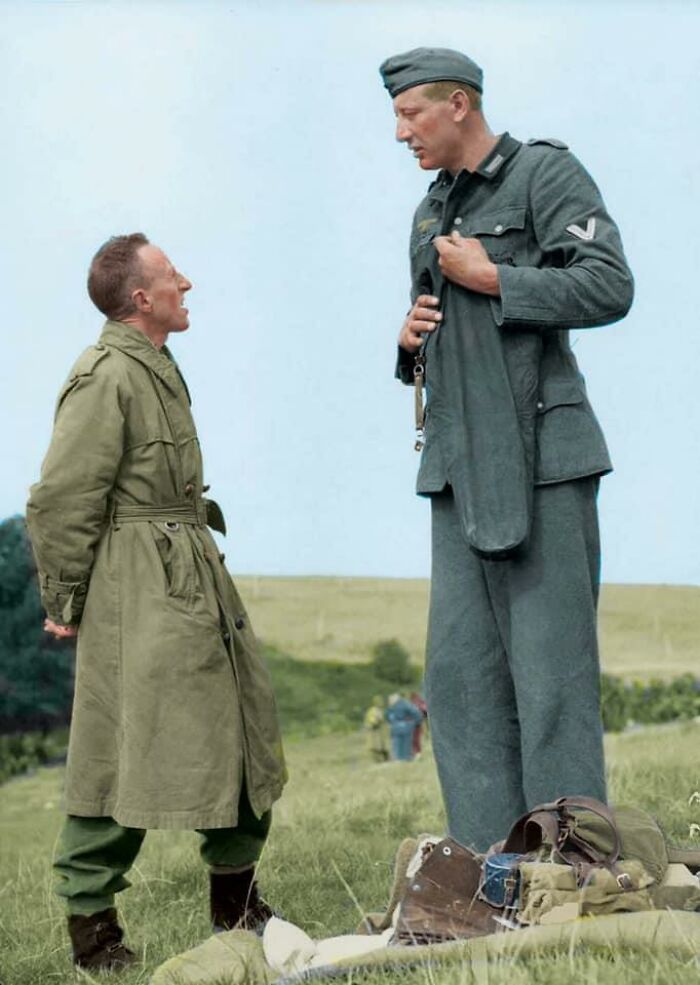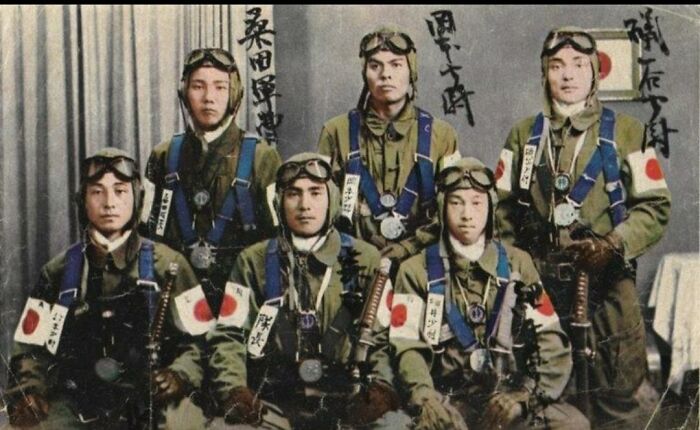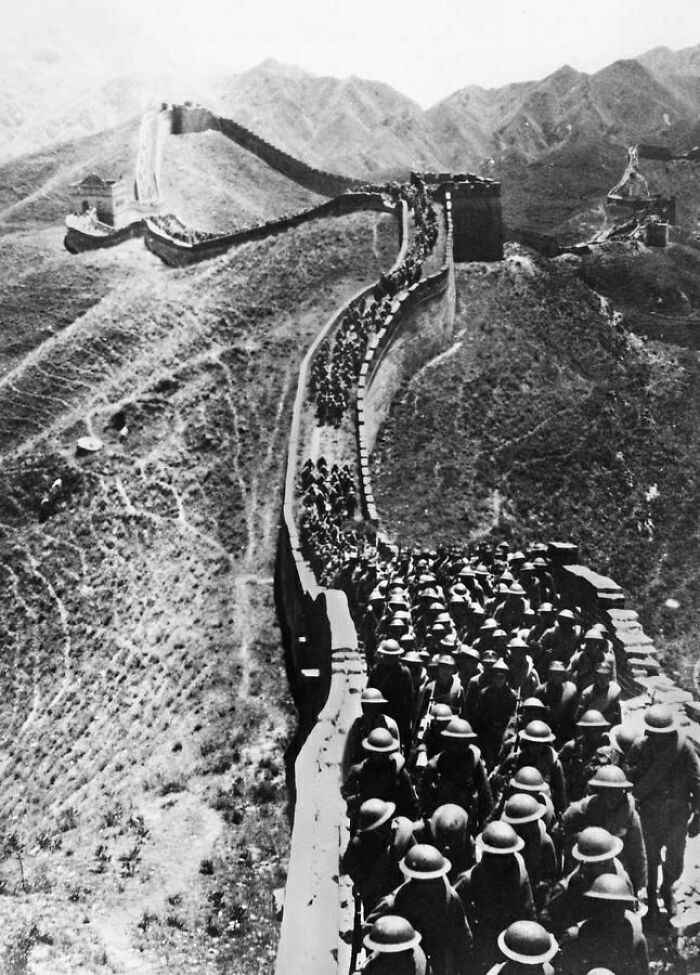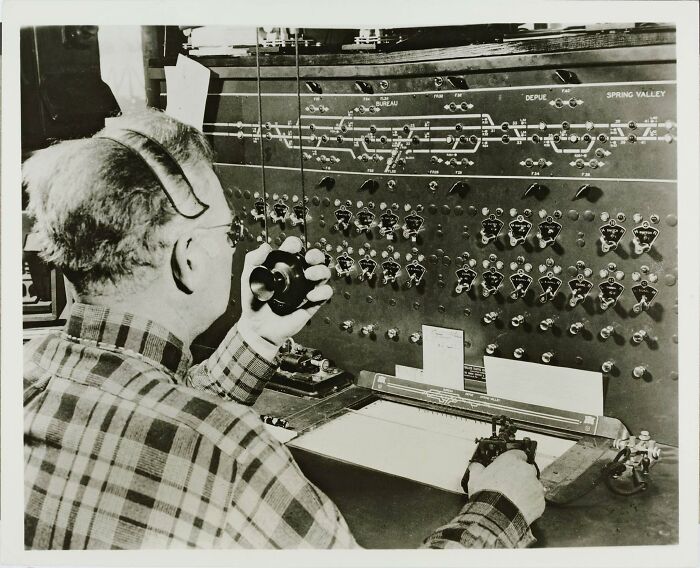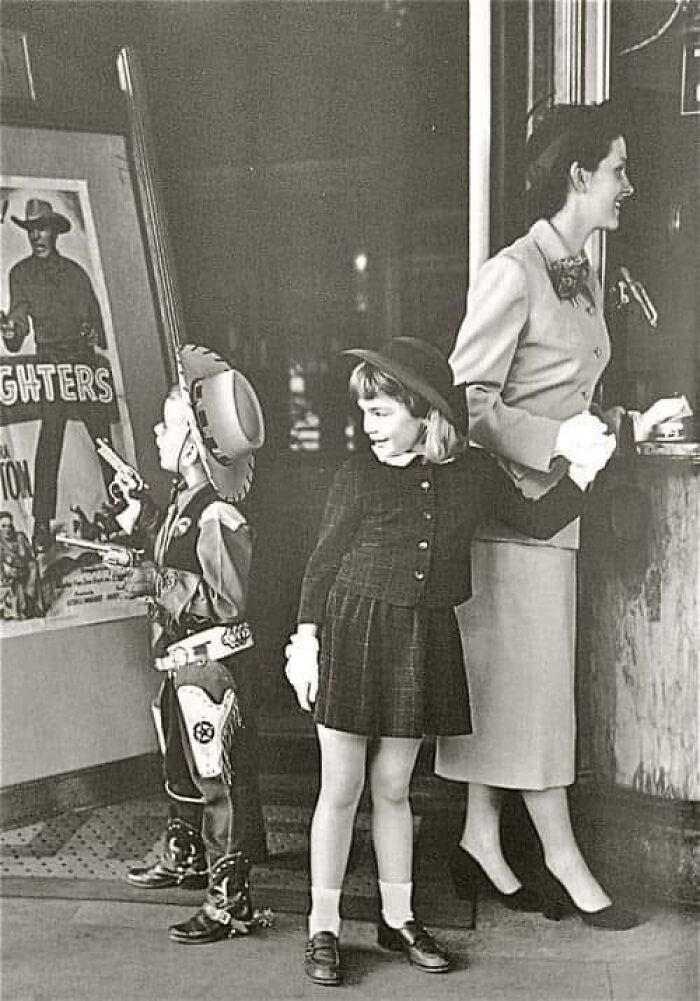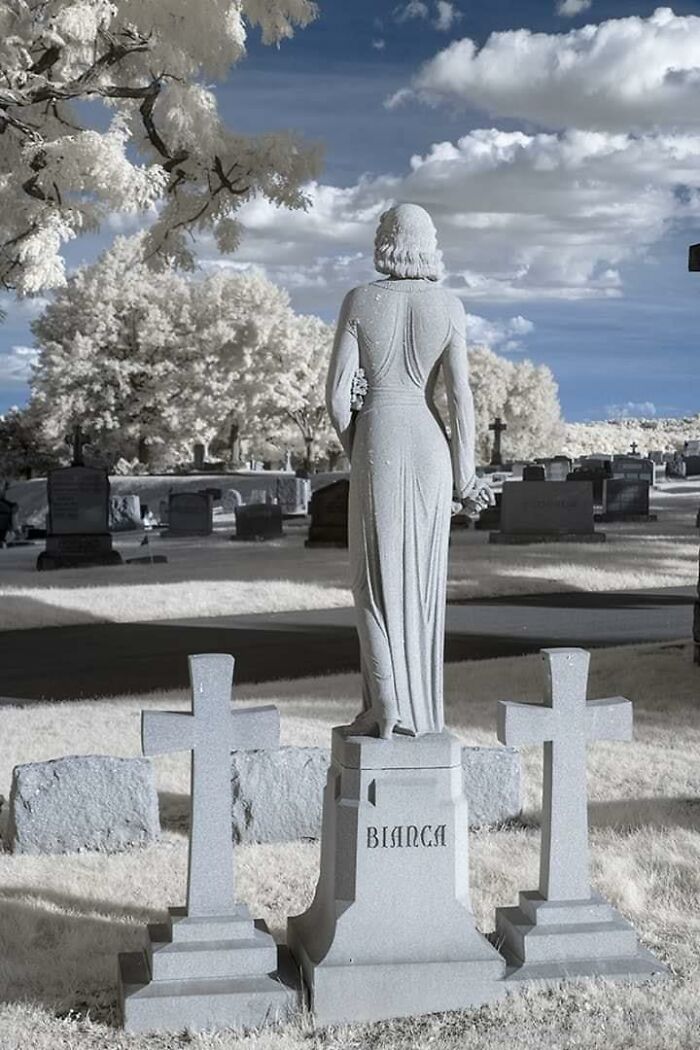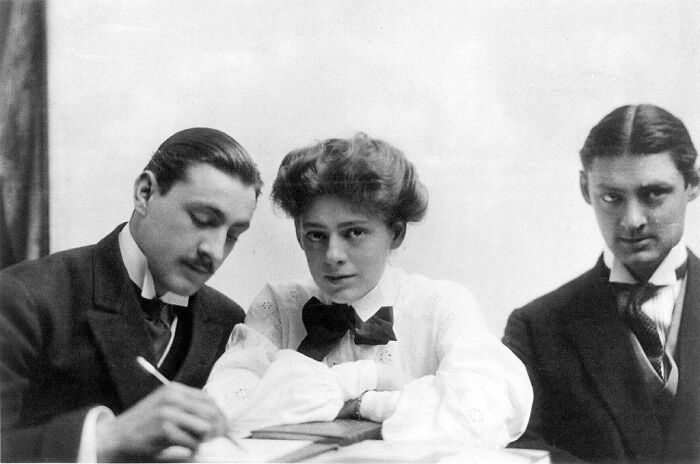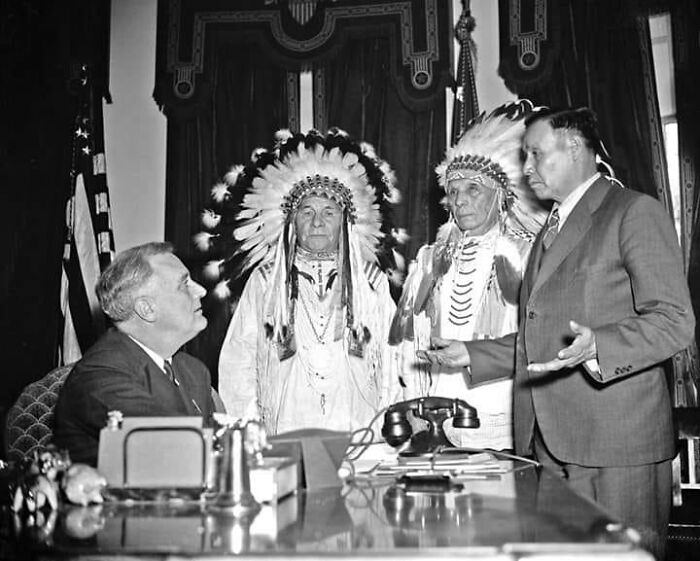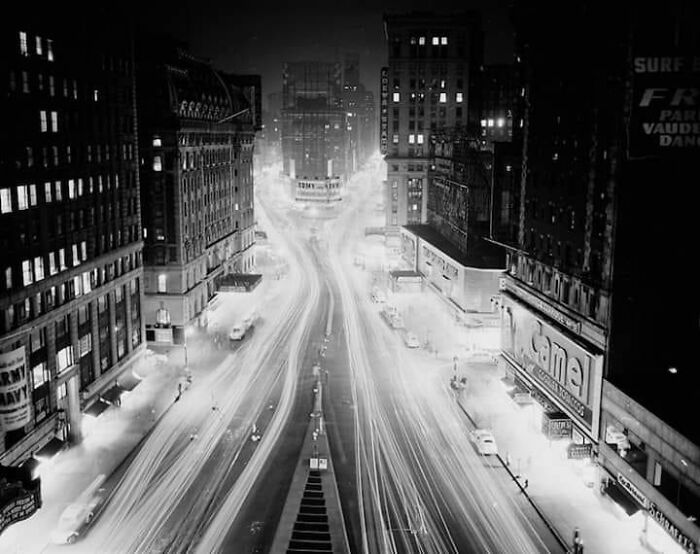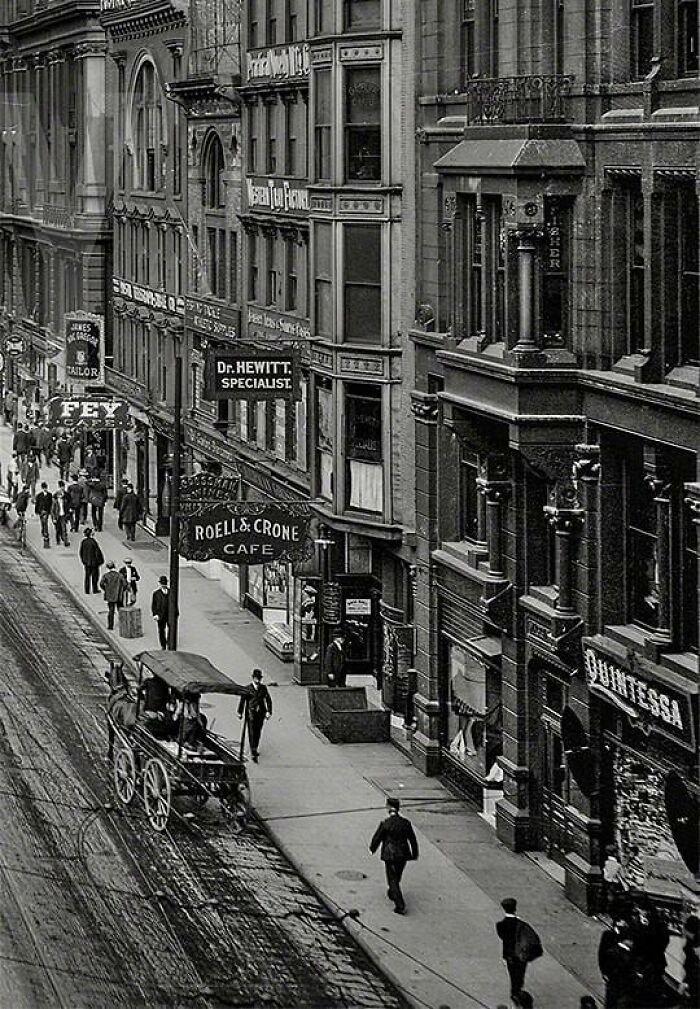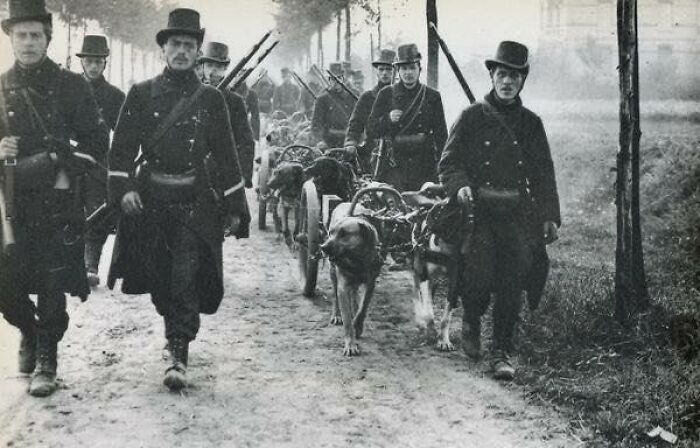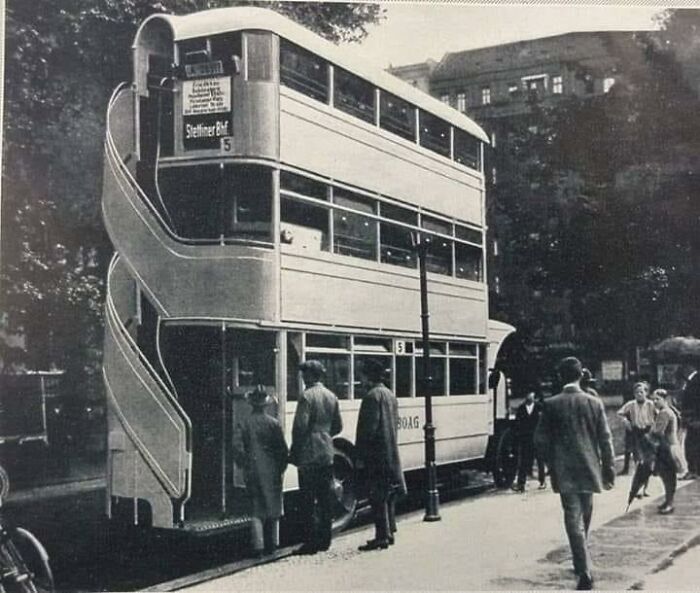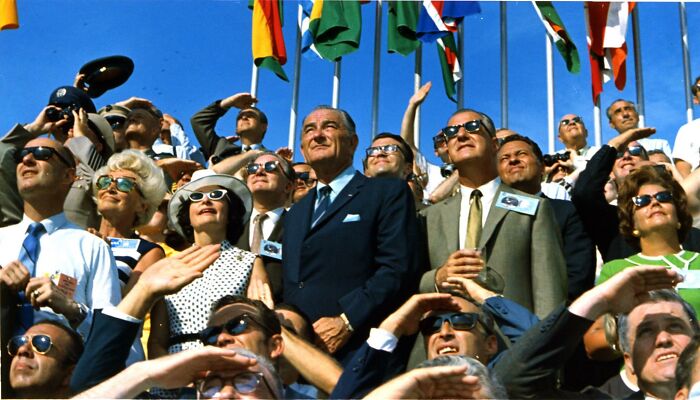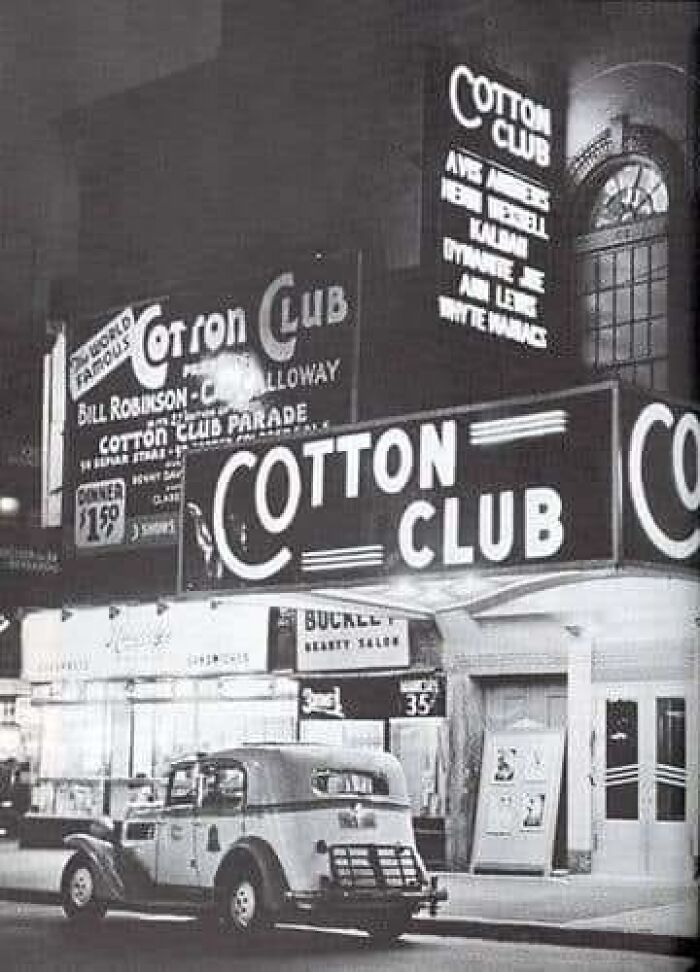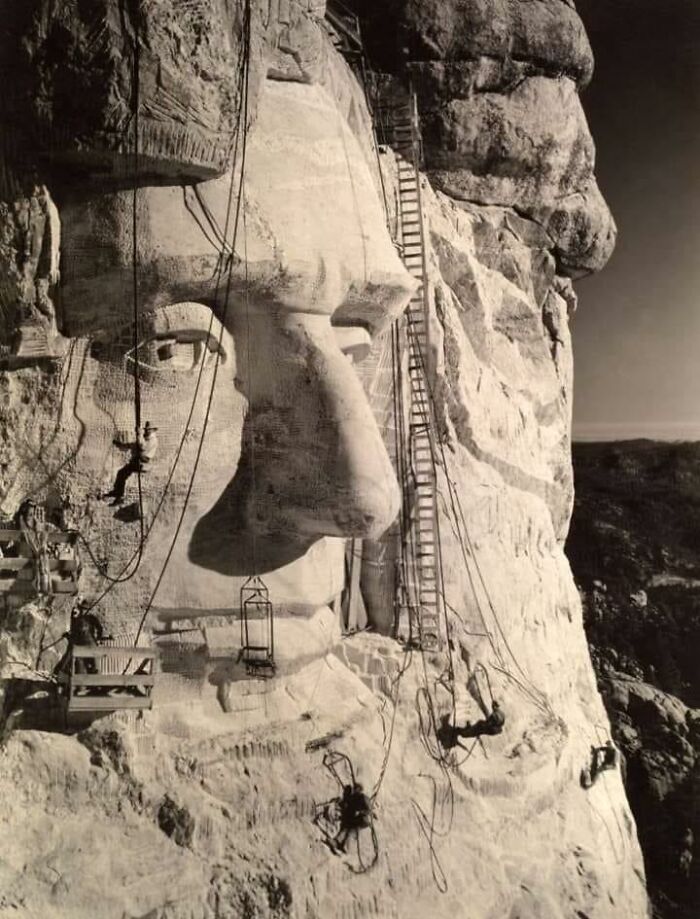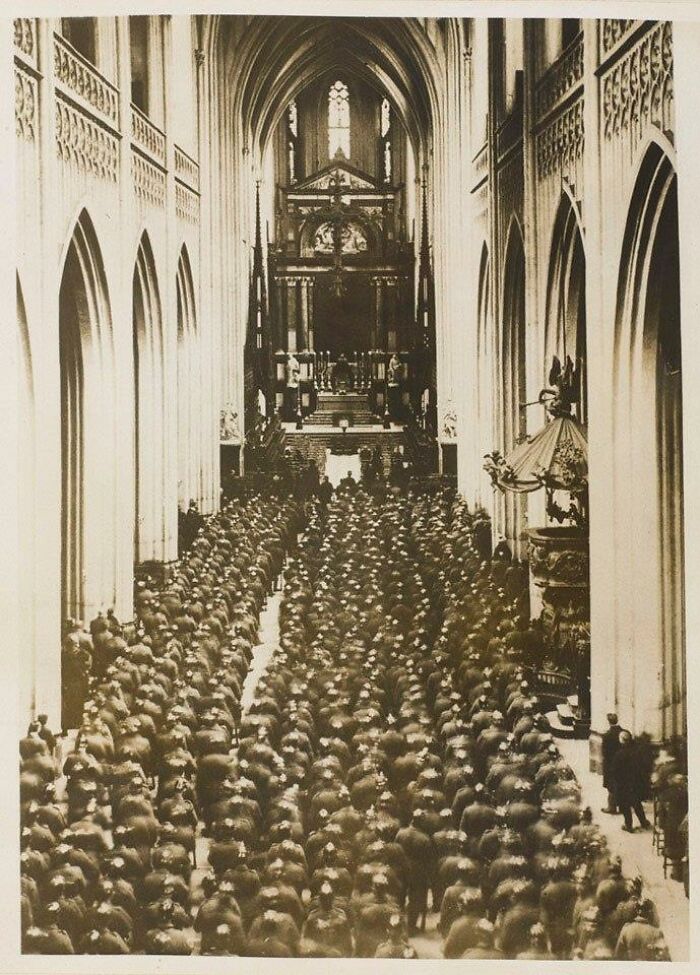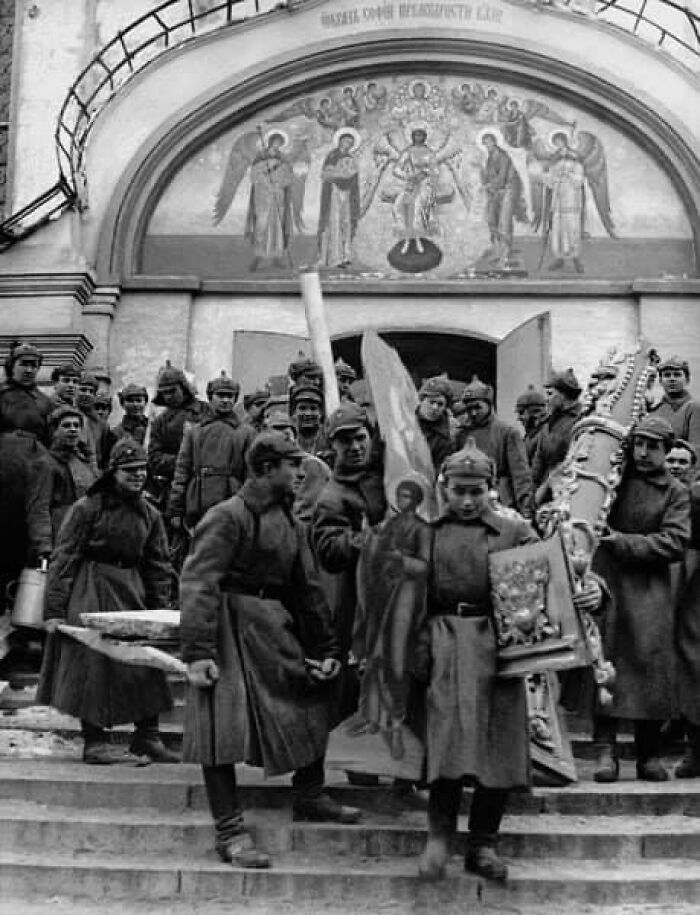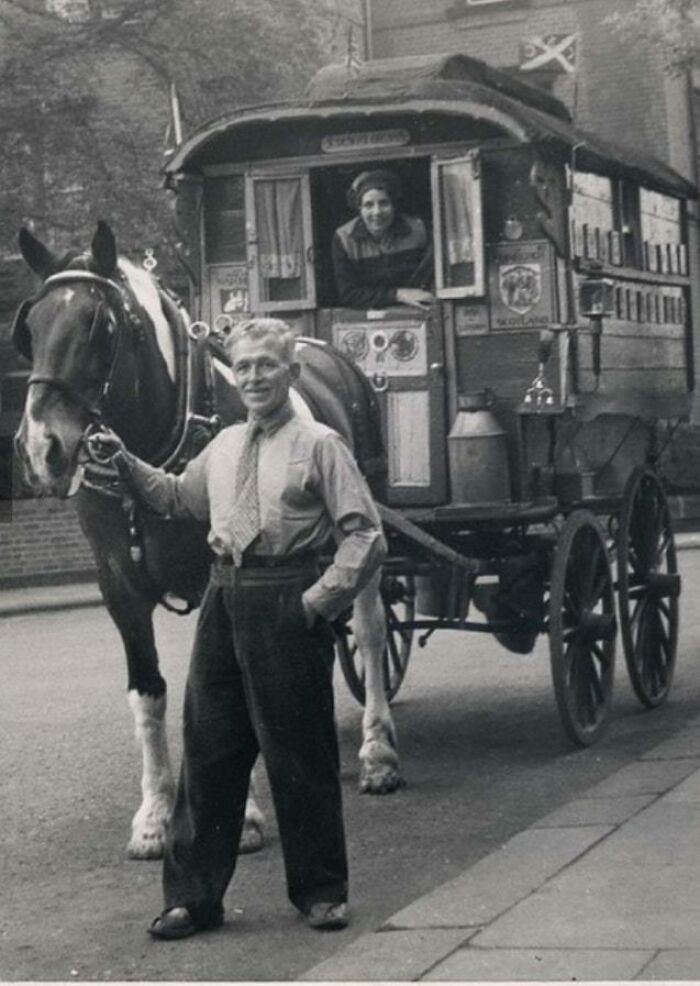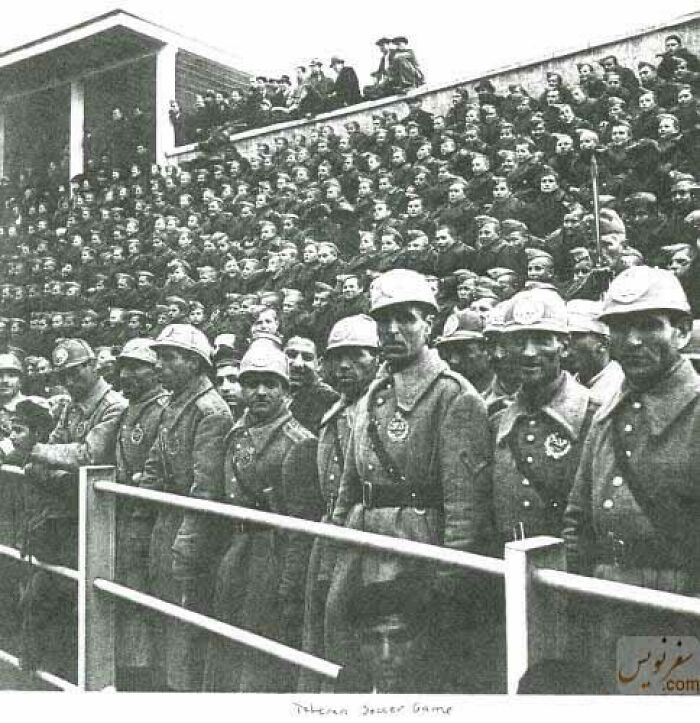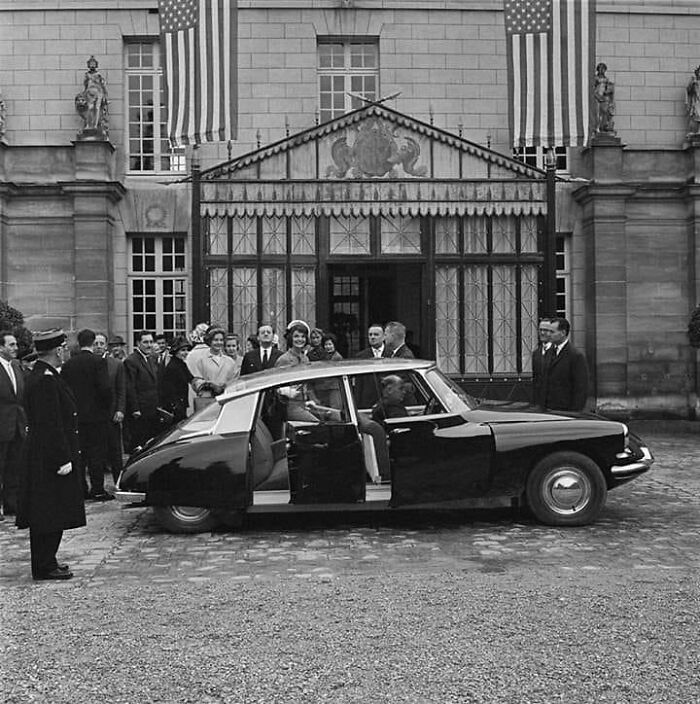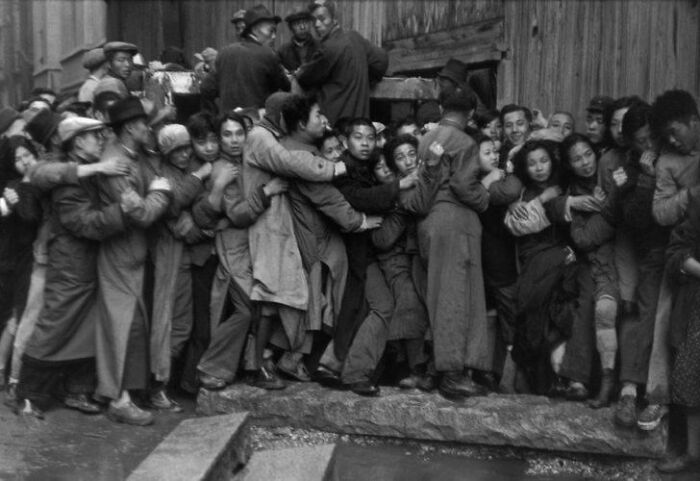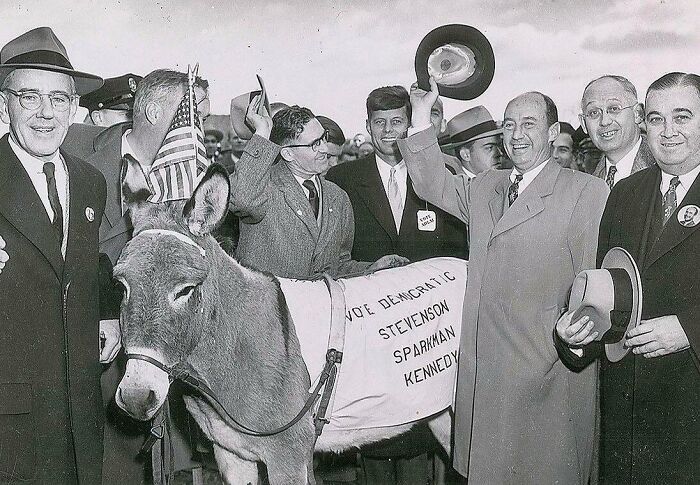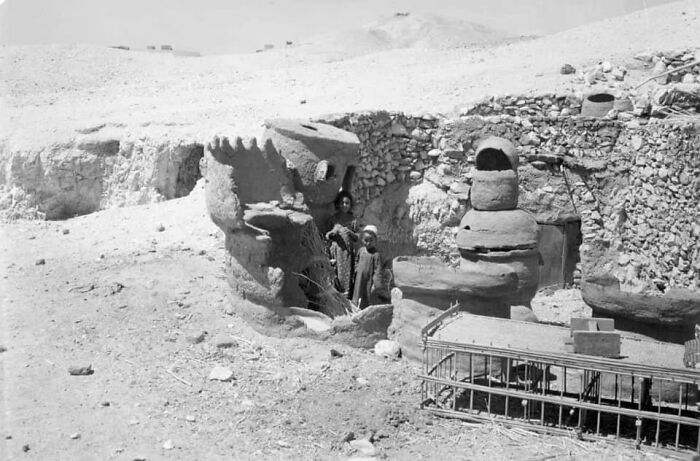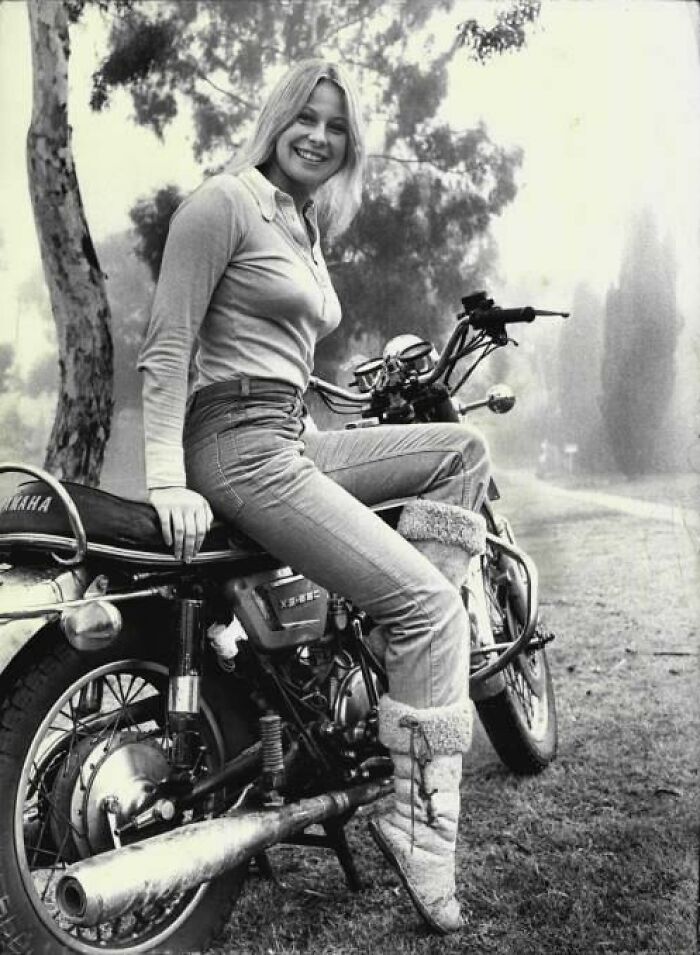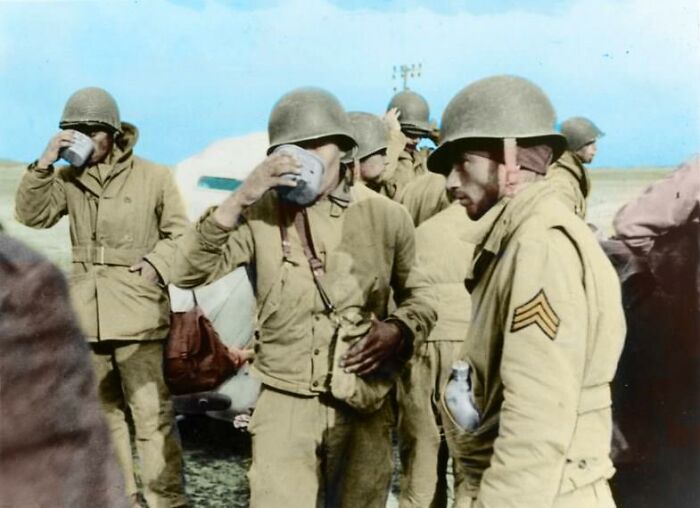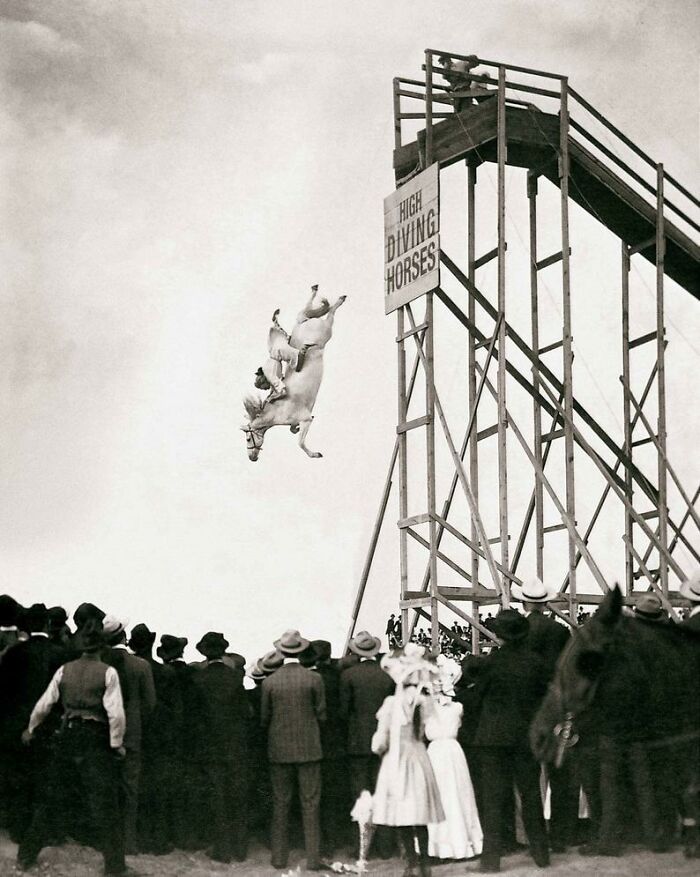Old pictures combine two elements that curious minds like – history and photography. But have you ever wondered why you like looking at pictures more than written history? Why is that volume of World History so boring and less informative when it doesn’t have any photographs in it? That's because our brain processes images 60,000 times faster than text, making it easier to learn through visual stimuli.
With the help of online communities such as Historical Pictures, we can keep learning more about our history and planet. It's a Facebook group where people post fascinating images from the past. "Going back to the past. Exploring Earth's true history," the group admin's bio claims. So let's explore the past together, Pandas, shall we?
This post may include affiliate links.
A group of kids had arranged to care and feed the dog after the owner had died, England 1936.
Young girl Kiowa tribe , Oklahoma , 1894
It's so unusal to see someone smiling in old photos! It looks way more modern this way!
A streetcar conductor in Seattle not allowing passengers aboard without a mask during the Spanish Flu pandemic, 1918.
Historical Pictures is a Facebook group created by a page of the same name. And the creator is the same person behind the Historic Pix IG page. We've written about it before and even spoken with its creator, Peter Cors. Both the IG and FB pages share interesting and rare historical photos.
The difference with the Historical Pictures group is that it's a community effort – members can share photographs they deem worthy of sharing. The group boasts over 66k members and has been going strong since 2018. It also has an educational mission, as it urges its community members to learn more about the US and world history through this group.
Austrian Boy Receives New Shoes During WWII.
Jesse Owens breaking the World record 200 - meter race at the 1936 Olympic Games of Berlin
Back in 2022, the admin of the Historical Pictures page and its group told Bored Panda why he thinks historic photographs are important today. "Especially in this day and age, it is a good reminder that, while history isn't always pretty, it's okay to talk about it and enter in respectful discourse."
"I try to comment to, and talk with, as many followers as possible to share opinions and debate. It feels really good to have healthy and respectful discussions with strangers. It reminds me that this is what social media is all about. It makes me very happy to talk with others about a shared hobby/interest," Peter told Bored Panda back then.
19 year-old Shigeki Tanaka was a survivor of the atomic bombing of Hiroshima and he then went onto win the 1951 Boston Marathon. The crowd was silent.
Tanaka was one of four Japanese runners invited to compete by Will Cloney of the Boston Athletic Association. The others were Japan's national champion Shunji Koyunagi, Yoshitaka Uchikawa, and Hiromi Haigo. The four were given a welcoming ceremony arranged by servicemen at the Charlestown Naval Shipyard. Because Tanaka was from Hiroshima, The Boston Globe nicknamed him "atomic boy", which he found "a burden". Tanaka later recalled that people in the United States welcomed them warmly and both Japanese and Americans cheered him during the race. Source: Radin, Charles A. (April 11, 1996). "Japan got on its feet Given chance after WW II, runners flourished". The Boston Globe.
In 1941, Slovenian Albina Mali-Hočevar joined the People's Liberation Movement at the age of 16. She was wounded twice as a resistance fighter at the age of 17. For the remainder of the war, she worked as a nurse.
U.S. cavalry soldiers pose in front of a sequoia in Yosemite known as "Grizzly Giant," in 1900.
This tree still stands today.
The creator of the Historical Pictures group also previously told us his motivation behind creating the Historic Pix IG page. "I want people to feel something when they see a piece of history. Especially for myself, seeing a memorable picture from the past helps me put life into context and appreciate the little things a bit more."
An exotic dancer demonstrates that her underwear was too large to have exposed herself, after undercover police officers arrested her in Florida! 1983
The 3,000 men who helped build the Chase Manhattan Bank in New York City pose for a photo near the end of the constructional work, Aug 19, 1964.
Native Americans photographed by , Roland W. Reed between 1907 and 1913
The pictures seen on this list are snapshots of a moment in time – a documentation of a certain period. Over time, they become historical and more meaningful. But that is the intention of these photographers, who most often are photojournalists or documentation photographers. Their main goal is to capture facts and reality. A photojournalist or a documentation photographer is merely an observer, and patience is key to them.
The return of a German soldier from Soviet captivity. He was taken to the war when his son was 1 year old. Germany. 1956
New York City. 1957. A Llama in Times Square.
Social distancing from 1953. A child with measles sits and eats alone during a Coronation party in Chelsea, England.
And, thanks to the fücking charlatan that claimed a link between autism and the MMR vaccine, we're now dealing with several measles outbreaks in England. Edit: UK, not just England.
One might argue that street photography can also capture history. In a way, yes, but the primary goal of a street photographer won't be for the photograph to have historical significance. Different from street photographers, for example, photojournalists aim to capture pictures that are interesting to the broad public. Street photographers capture what they personally deem worth attention.
The original Moulin Rouge the year before it burned down in Paris , 1914 . Photograph Albert Kahn
One of the first-known photographs of Niagara Falls captured by British chemist Hugh Lee Pattinson in 1840, sits within a glass case at the National Gallery of Art.
Documentation photography also contributes to the vast volume of historical photographs. But it's different from photojournalism, and the difference is time. Storytelling in documentary photography might take weeks, sometimes even years. The photographers aim to raise awareness about an issue: environmental, social, political, or other.
A farmer paints stripes on her cow to increase its visibility at night and prevent car accidents should it wander onto the road during blackout conditions.
Mt St Helens erupeted 40 years ago today. The photo was taken by Richard Lasher who did survive. Nobody knows what happened to the Pinto or the Yamaha.
Nope, he did indeed survive. "The next day as soon as he could, he rode his motorcycle back up into the now really hot zone with his camera to get what pics he could. He was well into the red no go zone, when a helicopter saw him, and came right down and landed in his path. He was surprised to be arrested on the spot and flown out in the chopper and to jail. They left his motorcycle lay on the mountain. They also kept him in jail for a few days without letting him call anyone or even plead his case. When he finally got out, he again went back up there, (Not sure how) and was able to get his motorcycle back and I think later his car as well." Edit: I see that the caption now says he did survive, but it was edited. In reply to all the subsequent comments below, the original post said he did not survive, hence my comment at that time. Thank you for your cooperation, have a nice day. :)
Photojournalists, however, have to work at a much quicker pace. They may also be interested in social, economic, or political issues, but their photographs may appear in news outlets, TV, and social media after a day or two. In online media outlets, sometimes even the same day or a few hours after capturing it.
Alexandre Gustave Eiffel, left, explores the completed tower with a friend, 1889.
Aircraft tester George Aird barely escapes death by launching sideways from his plane (1962). Aird fell through a nursery on his way down, breaking both legs.
This is probably the most famous photograph of Józef Kudelka. Until 1968, the photographer did not photograph news events. Everything changed on the night of August 21. In the midst of the turmoil of the Soviet invasion, he took a series of photographs that were miraculously smuggled out of Czechoslovakia. In this image, his hand shows the time when Soviet tanks began to invade Prague.
And now the Russians are invading Ukraine. Putin won't stop there either. Moldova? Latvia? Estonia? Maybe even Finland. Maybe a proxy war with Belarus and Lithuania. He has Lukashenko by the nose so he can make Belarus do whatever he wants. I consider Putin teh most dangerous man on Earth right now.
Who are some of the most famous photojournalists in the recent history of the 19th and 20th centuries? Dorothea Lange and Margaret Bourke-White are two of the most famous American photojournalists. Lange covered the Great Depression extensively, photographing poverty, joblessness, and homeless individuals. Her most famous photograph is of a migrant woman she took in 1936 at a migrant camp.
Swinging London, late 60s.
Chicago. August 4, 1948. This photo originally published in the Vidette-Messenger of Valparaiso, IN, tells a tragically heart-breaking, yet all too familiar story about Chalifoux family and the trials and tribulations surrounding poverty. Well ... that's what the original caption wanted the reader to think. Facing eviction from their apartment, the jobless couple decided to sell their four children ranging in age from two to six. The mother posted a sign in the front yard and waited for buyers while Lana, Rae Ann, Milton, and Sue Ellen just sat on the steps oblivious that their fate was about to spiral out of control. According to several articles I read regarding this photo, It seems no one really knew whether the sign was up there for days, or years or just long enough for the camera to take its shot. Several family members even stated that the mother was paid to stage the whole thing. Regardless, within days newspapers across the country picked up the photo and job offers and financial help poured in. But that didn't change the inevitable. Rae Ann was sold and sexually abused. Milton went to live on a farm with John and Ruth Zoeteman who beat him daily, tied him up and worked as a slave. Lana's life remained a mystery to the other siblings. She died in 1998 of cancer. Unlike the others, Sue Ellen was adopted legitimately and seemed to fare better than the others. Years later and well into their sixties and seventies, sisters Rae Ann and Sue Ellen found each other and were telling their version about what actually happened to them. "I was sold for $2.00 so my mother could have bingo money," claimed Rae Ann, "and because the man she was dating wanted nothing to do us," Sue Ellen's response about her birth mother, "she needs to be in hell burning."
I'm speechless.... some people should never be parents 😥....I wish I was there to take them away.
Unpacking the Statue of Liberty. New York City. 1885. The colossal assemblage of 350 Neoclassical pieces, gifted by the people of France, took workers four months to put together.
So that's where the got the facial expression for Sam the Eagle on the Muppets.
Bourke-White is one of the first famous news photographers. She covered WWII, the German invasion of Moscow in 1941, and the freeing of many concentration centers in 1945. Bourke-White took the famous photograph of Gandhi next to his spinning wheel, just hours before his assassination.
Teenagers of the 50th years of the last century. Feel the difference.
Ostrich reads the newspaper of the caretaker.
Nationaal Archief 1951.
One of the most famous French photojournalists is Henri Cartier-Bresson. Bresson captured the Spanish Civil War, Gandhi's funeral, and the student rebellion in France. Many call him the father of modern photojournalism because he wasn't afraid to photograph the most dangerous events in the world's history.
The Picture shows a photographer taking a Picture of New-York City streets , 1925.
View of the St-Lawrence River from Québec City in the 1800's
A woman tests a stroller intended to be resistant to gas attacks in Hextable , England in 1938 , not long before the outbreak of World War II
I expect the baby loved being out in the fresh air.
Beach Volleyball , Venice Beach CA June 1934
I wonder if it was a thing or just a complete crazy idea for this particular day
Milano 1972
And for our Mendela Effect people out there, note, no cornucopia on the t-shirt
Morning walk on the Brooklyn bridge , New-York , 1905
England - France 2-0 World Cup 1920 Dick Kerr Ladies Football Team , Preston , 28 May 1920.
The team captains of England and France exchange a goodwill kiss before the game in Preston .
Photo ~ Het Leven / Fotograaf onbeken
Manhattan, VW with Rolls Royce grille, New york City 1976
The U.S. military inspects a collection of works of art collected by Hermann Goering, 1945
I'm not sure "collected" is the correct word.
Italian troops raise a gun, a dog and a soldier on a mountain.
Italian Alps, World War I, 1915
Life in the Texas Dust Bowl, 1935. A dust storm gets ready to engulf everything in its path.
Patients being treated in an Army Hospital during the 1918 Spanish Flu pandemic.
Manhattan New-York , ca 1917. A horse-car and a modern tram side by side
Born Free, 1966 George Adamson (Bill Travers) and his wife, Joy (Virginia McKenna)
Born Free, As free as the wind blows. As free as the grass grows. I still remember the theme from the movie.
German WWII POWs harvesting grapes for the Widmer Winery in Naples, NY. Every state housed prisoners but most camps were built in warm weather climes to save on barracks heating costs.
“Smokey” Buchanan from the West Palm Beach police force, measuring the bathing suit of Betty Fringle on Palm Beach, to ensure that it conforms with regulations introduced by the beach censors. 1925.
Marble Arch Tube Station, 1900
A heartwarmingly lovely photo of a young woman writing to her sailor.

 Dark Mode
Dark Mode 

 No fees, cancel anytime
No fees, cancel anytime 



